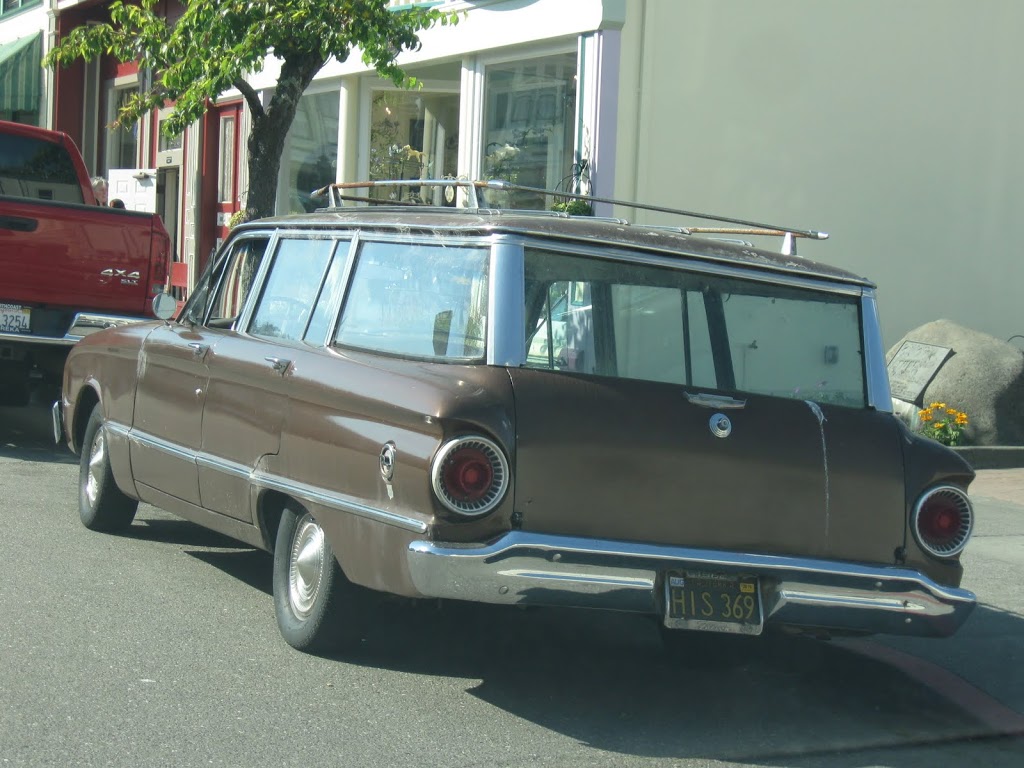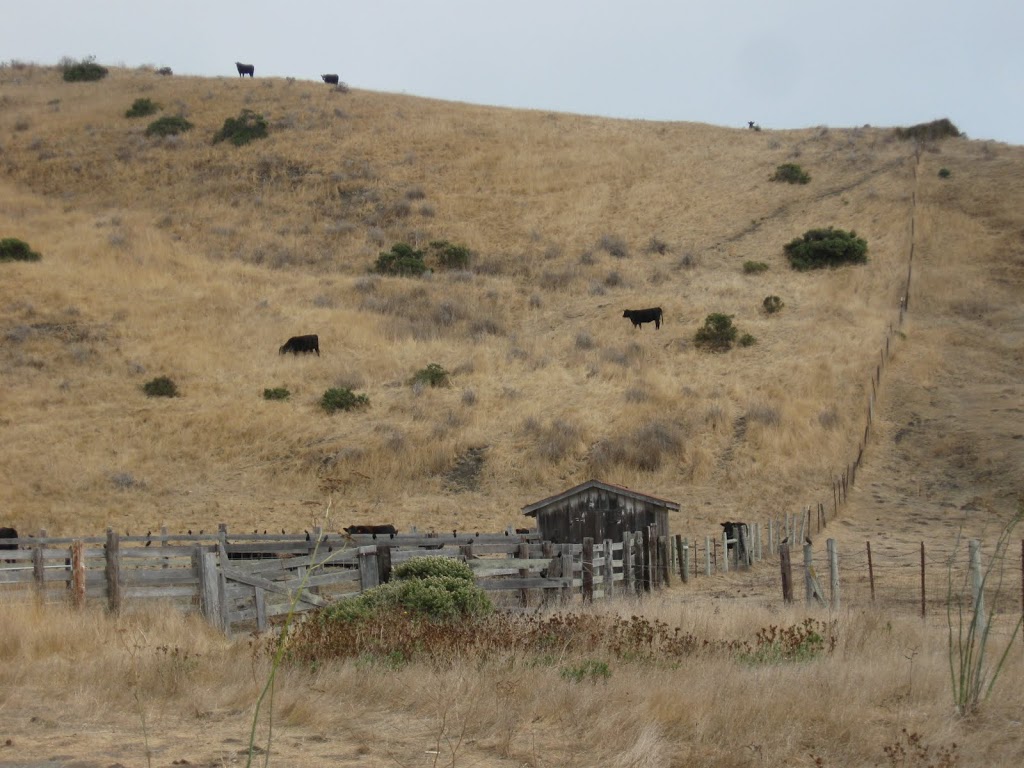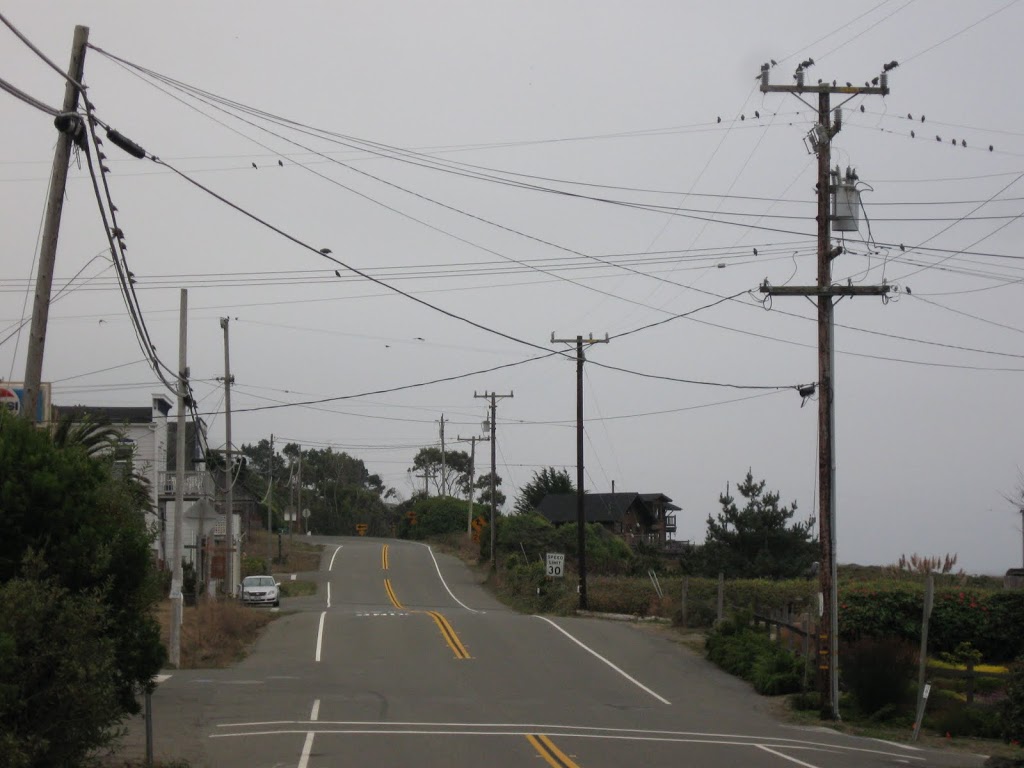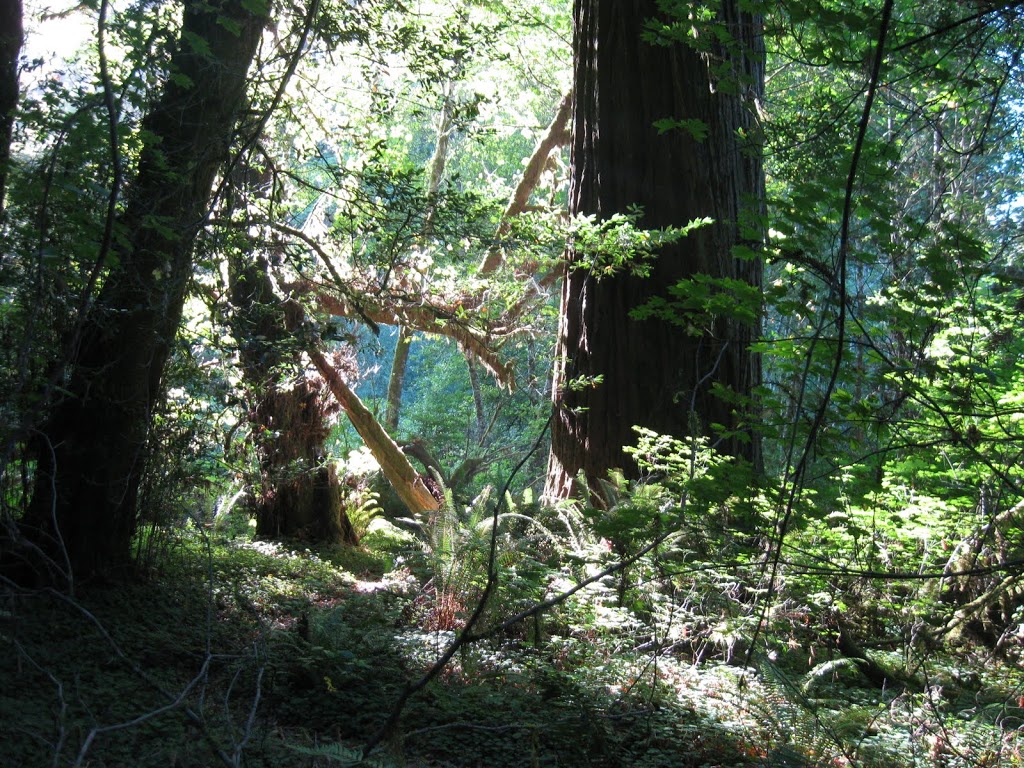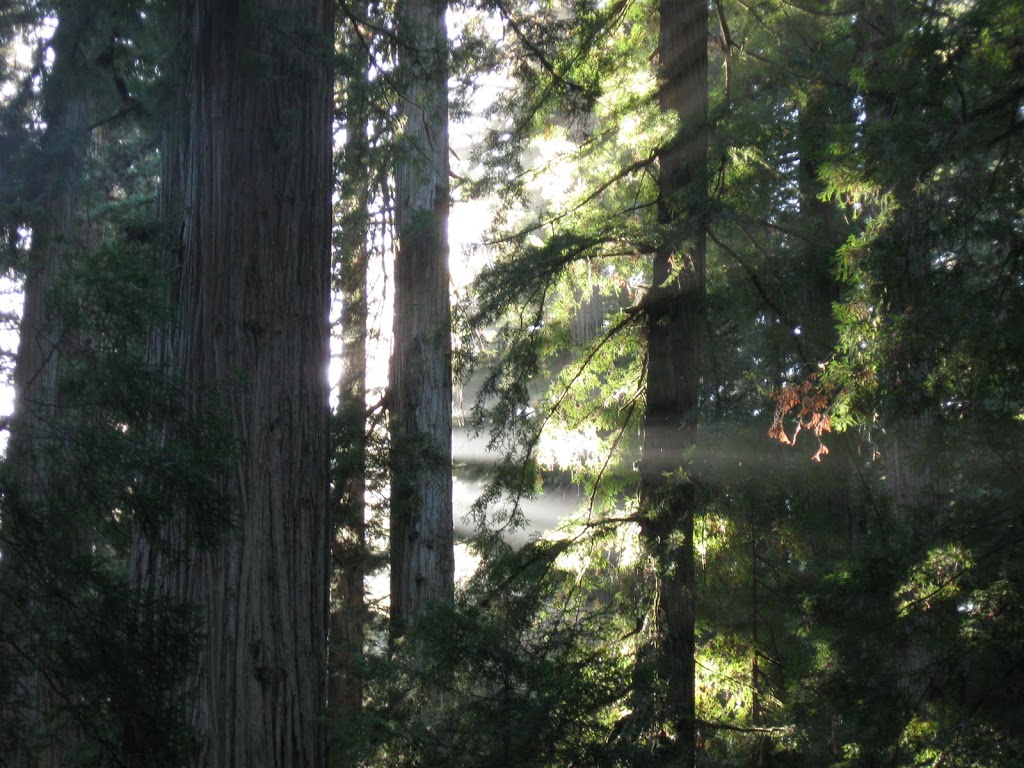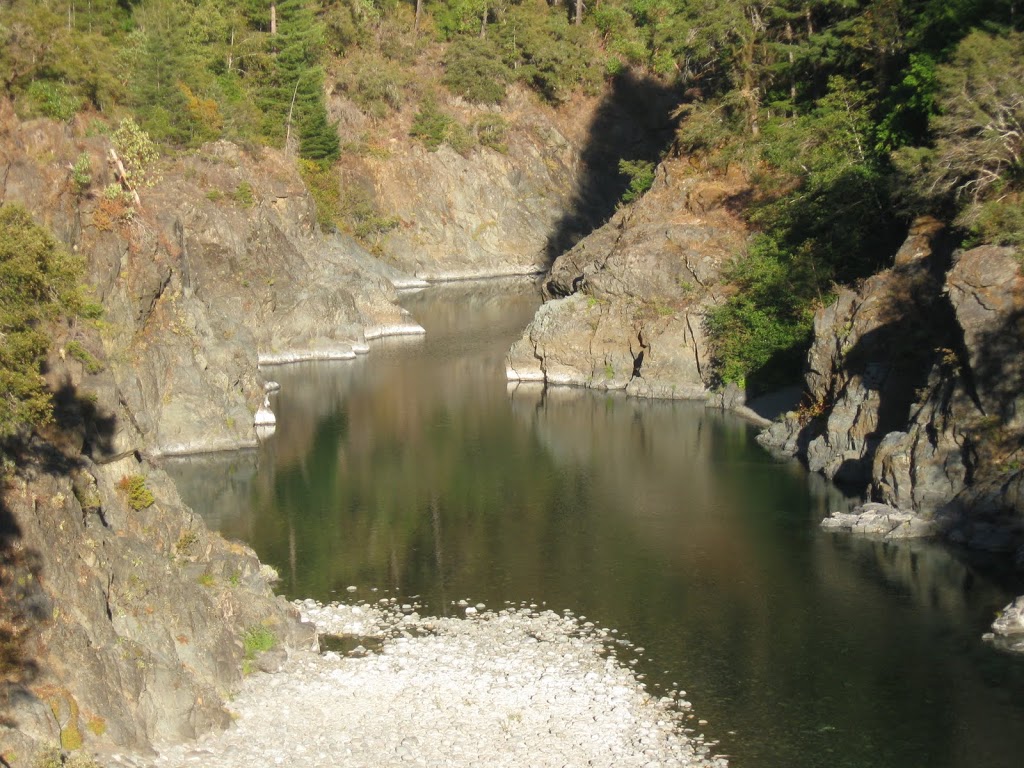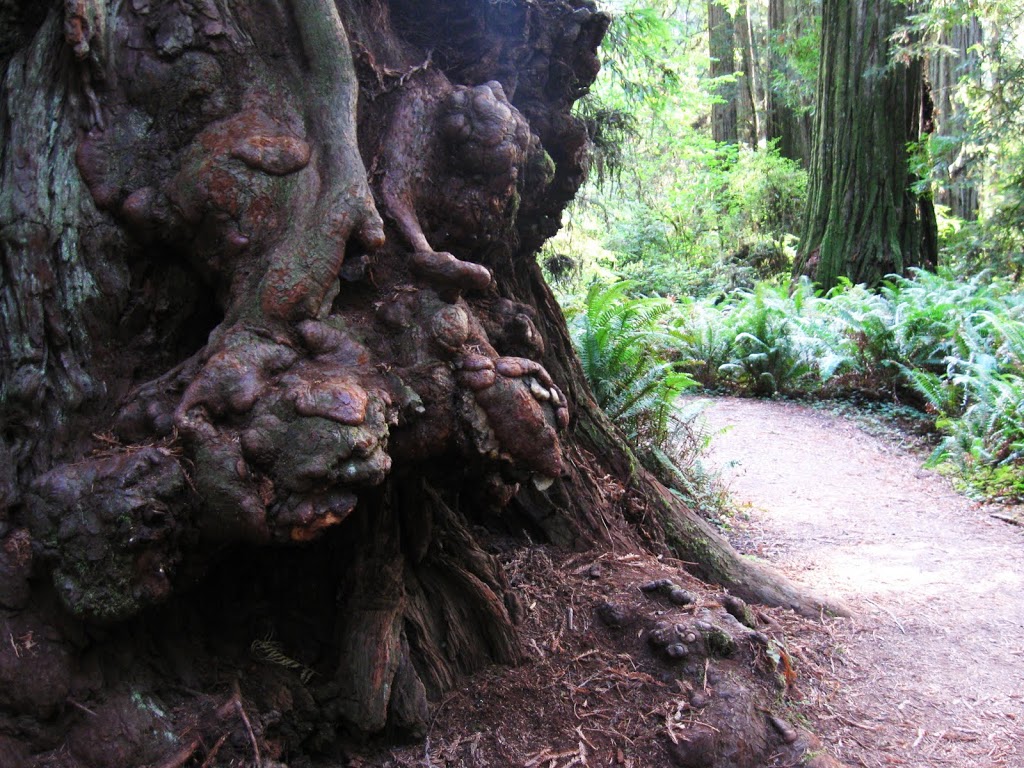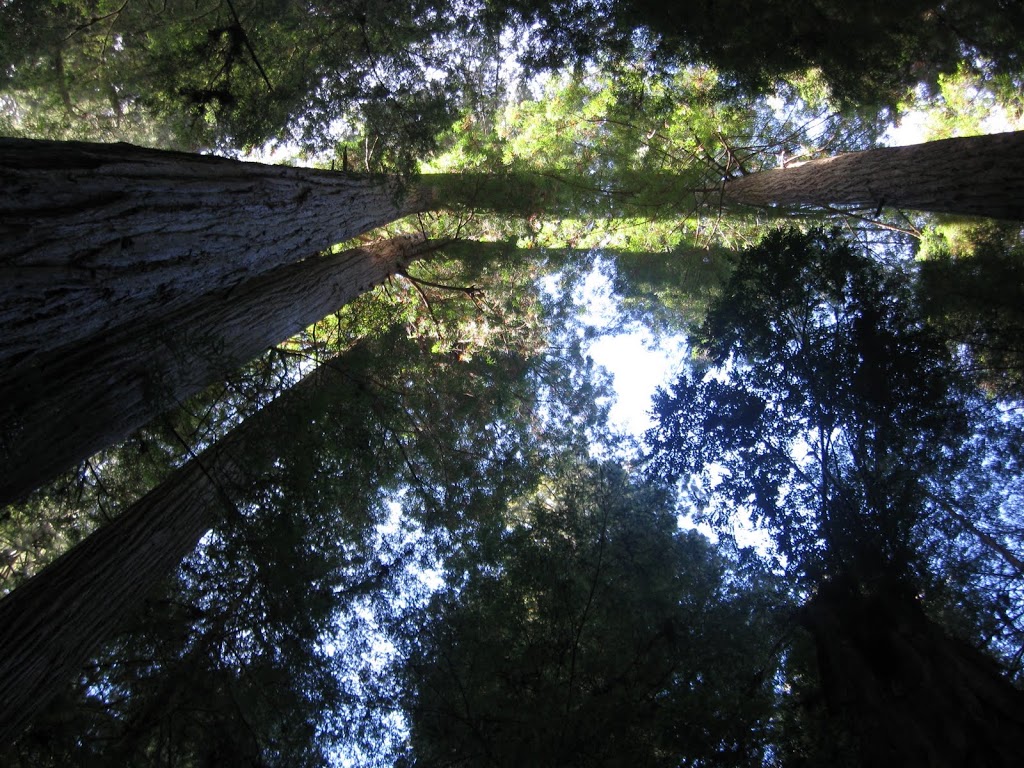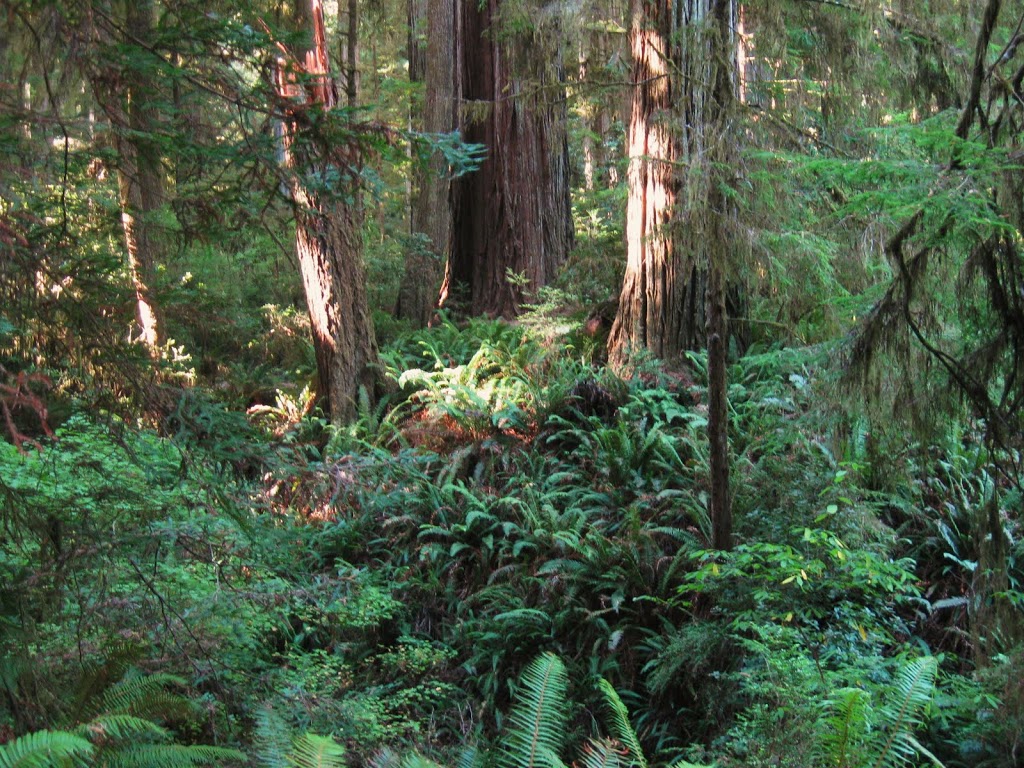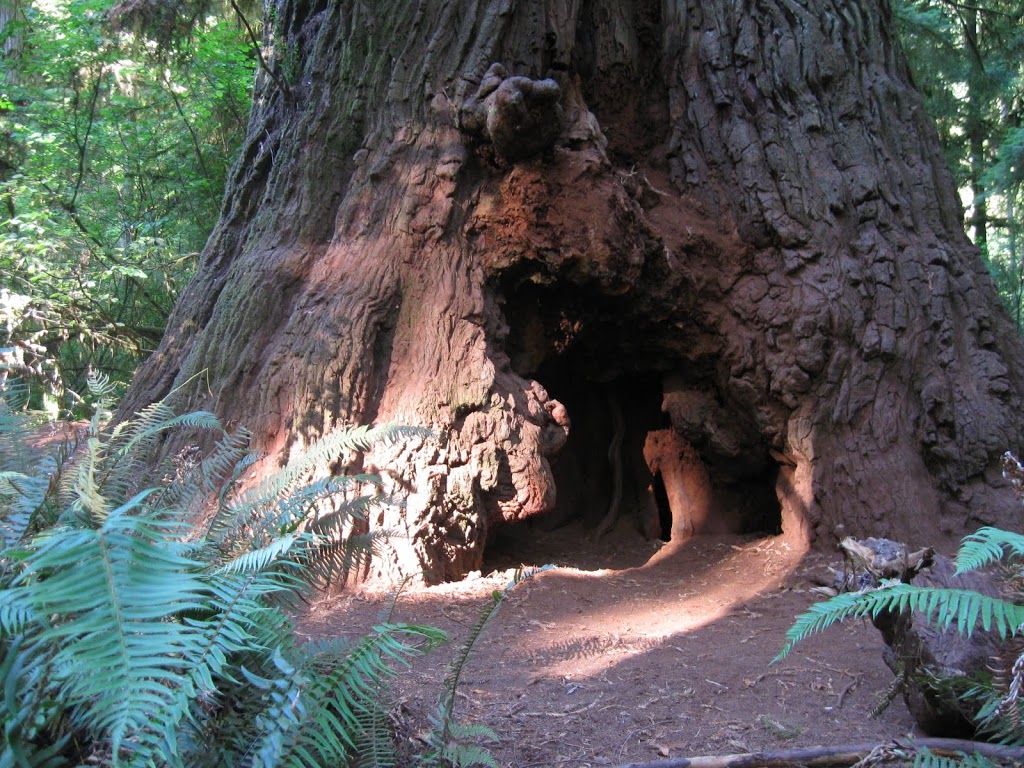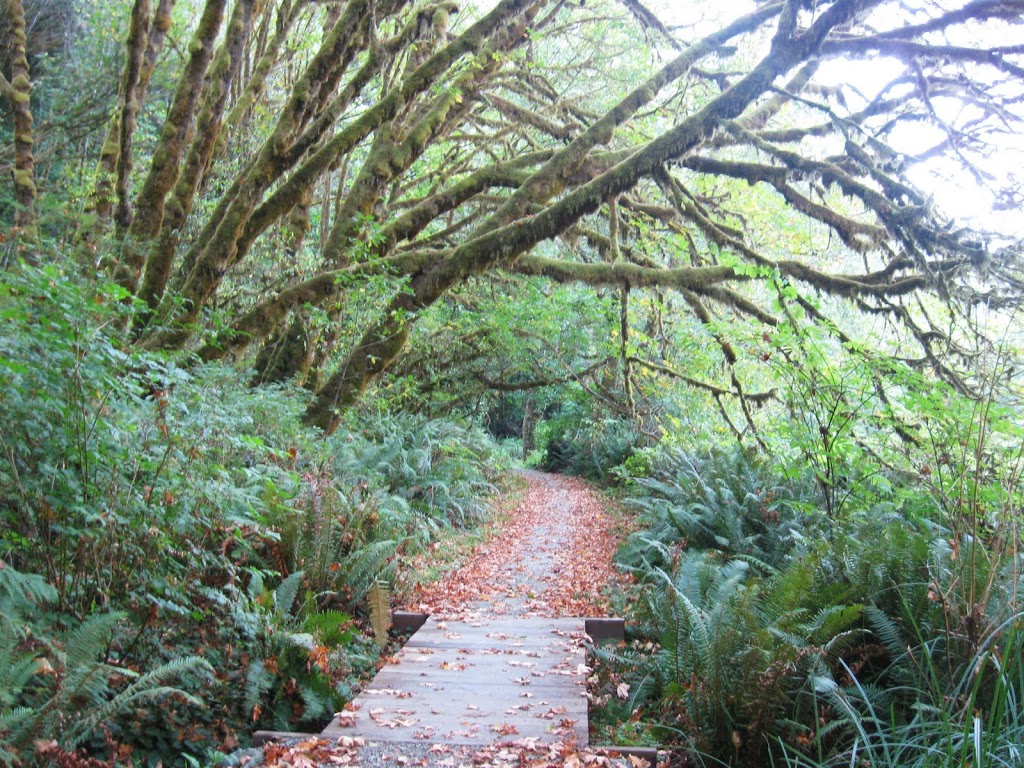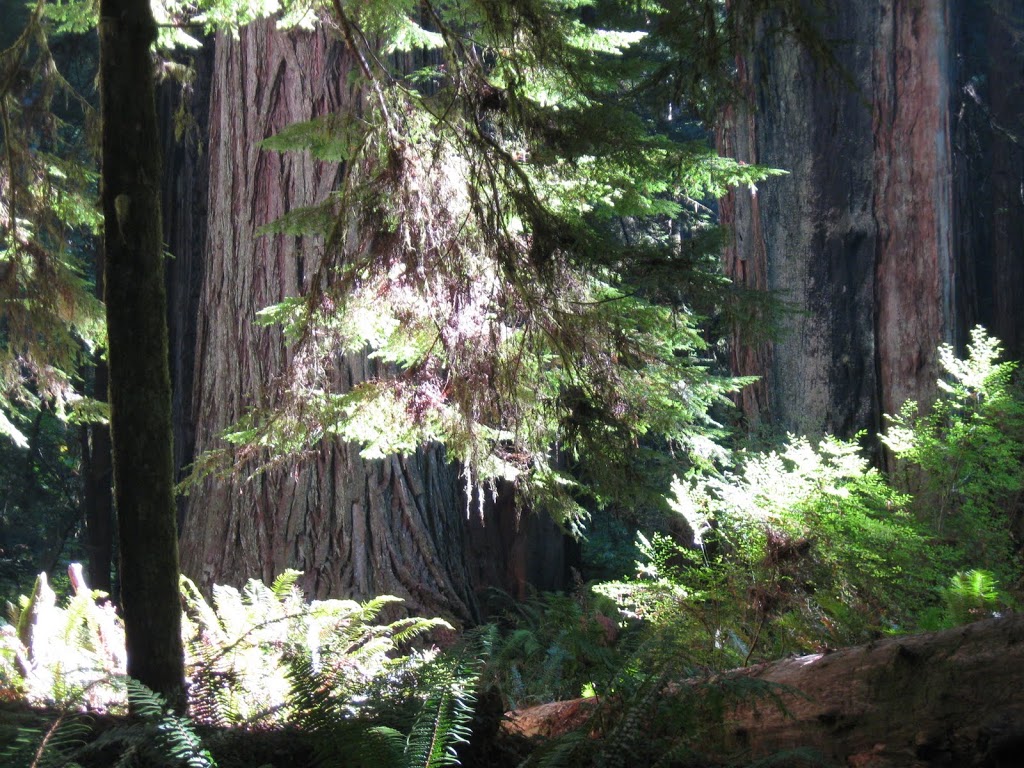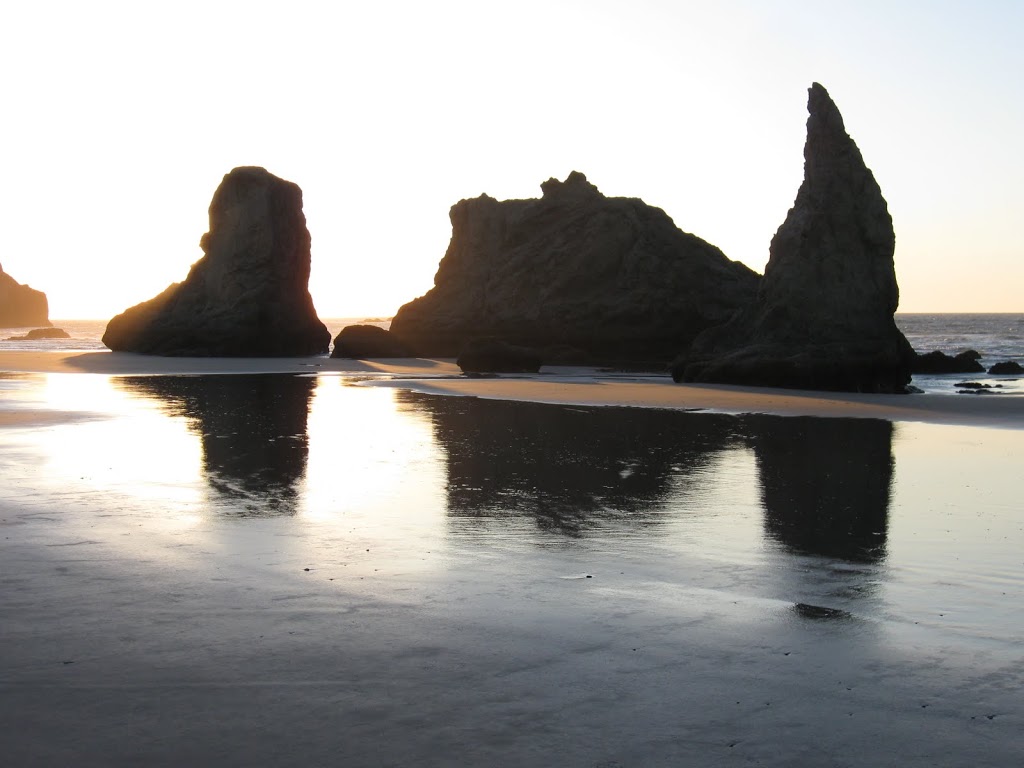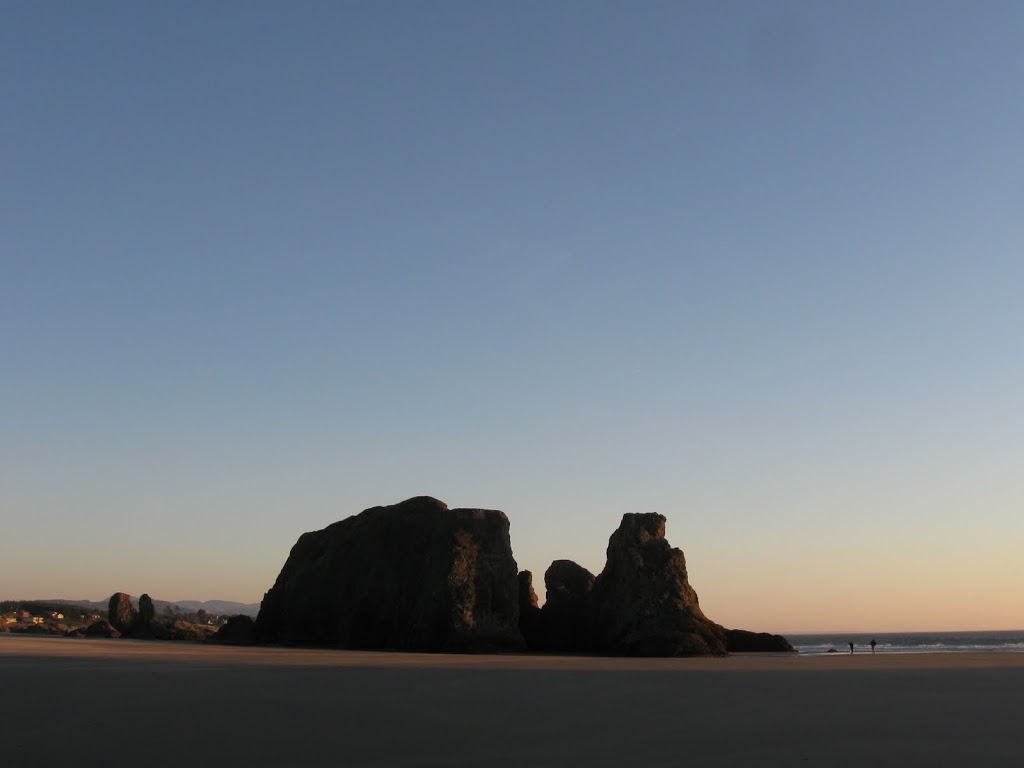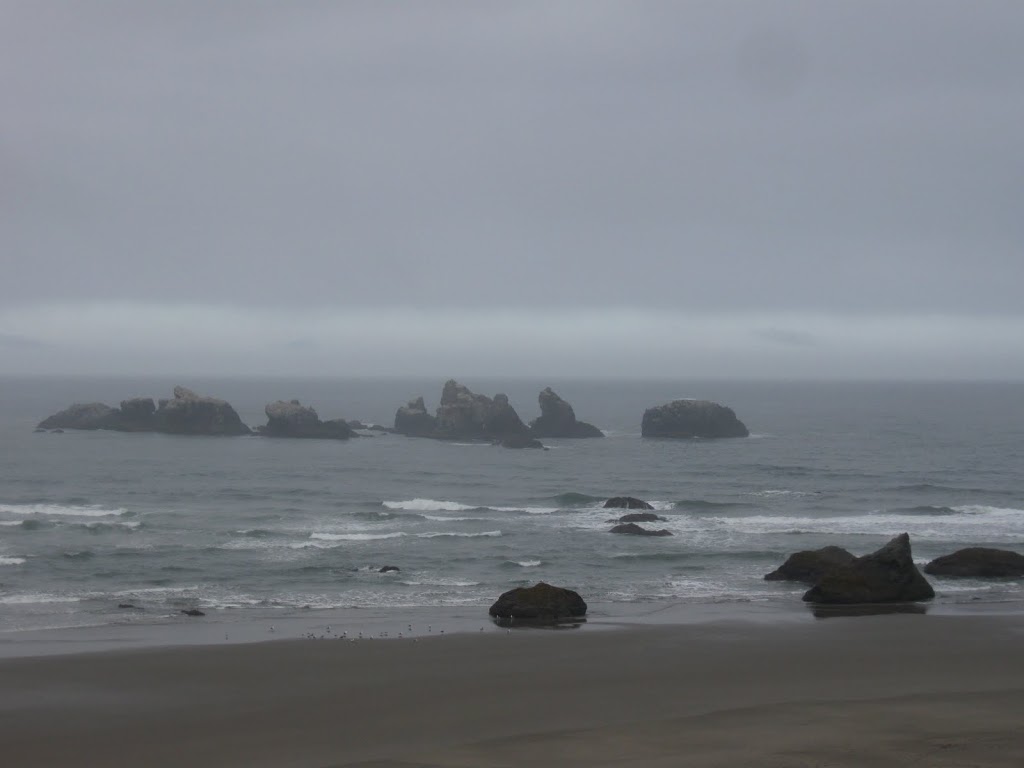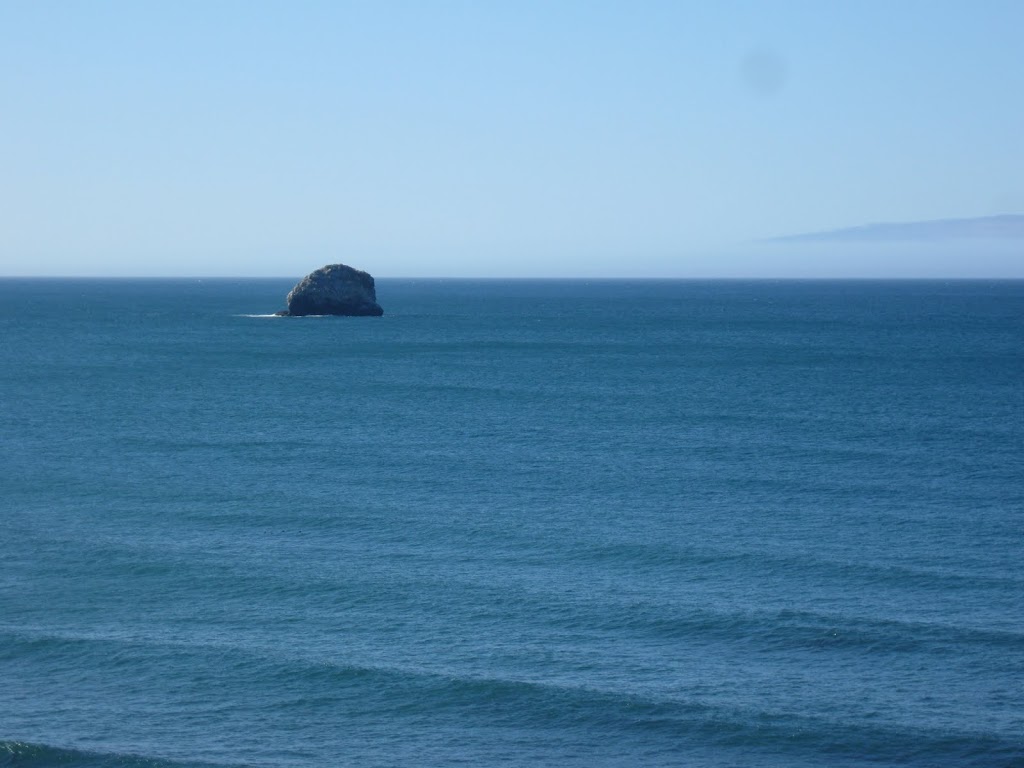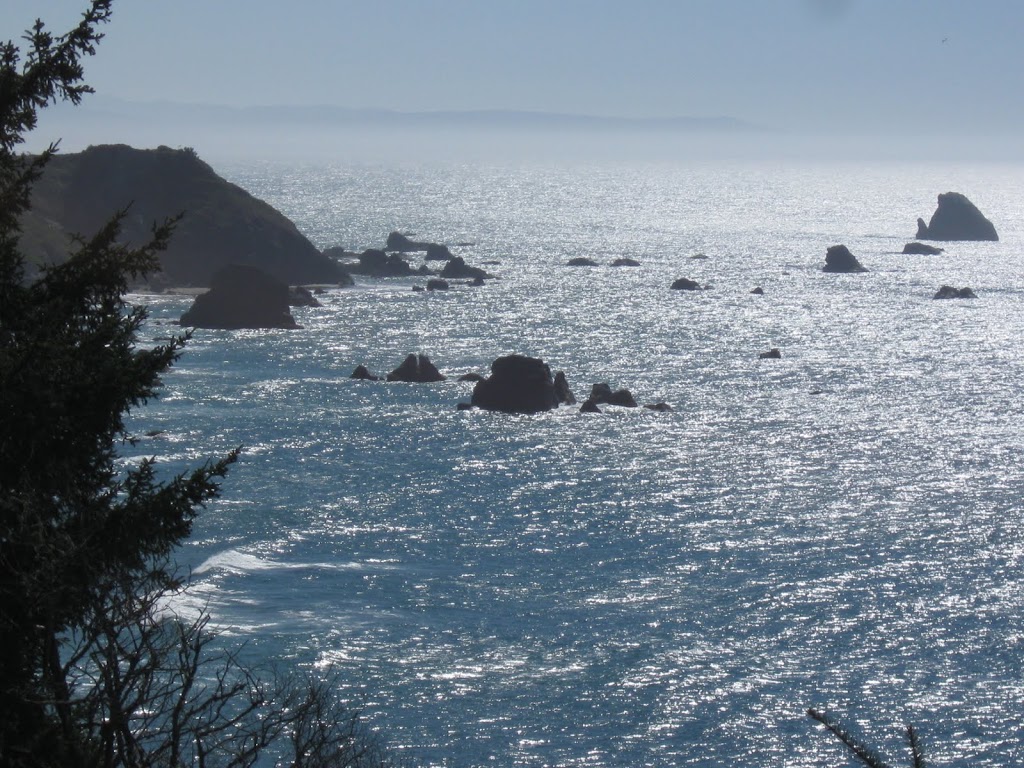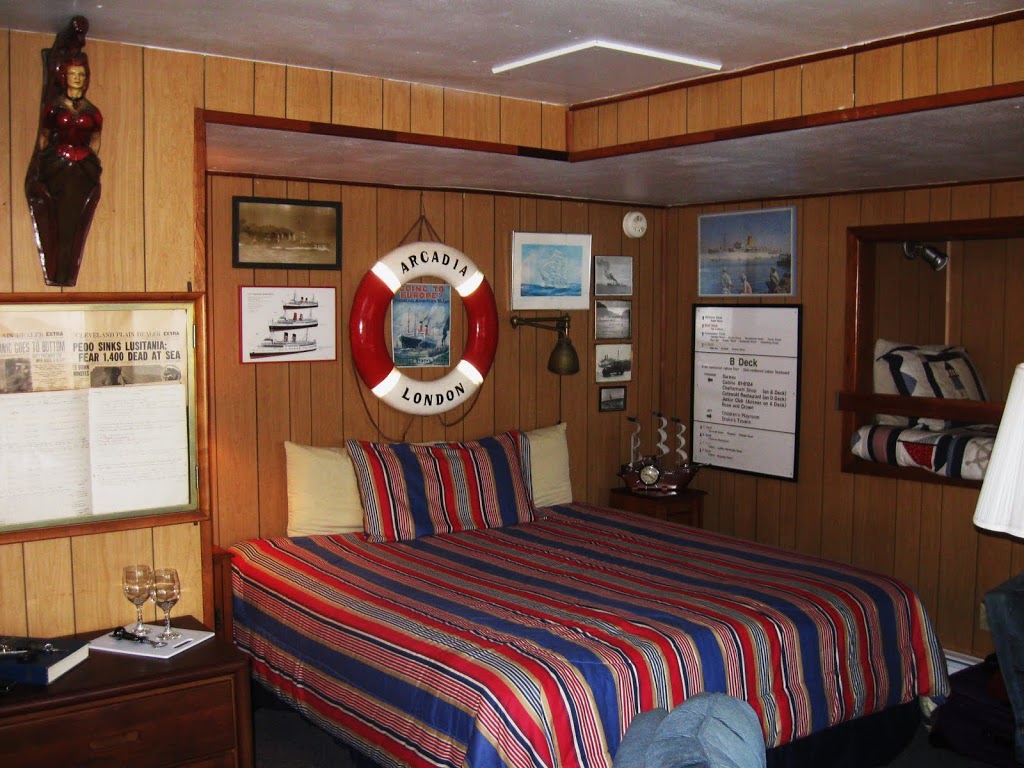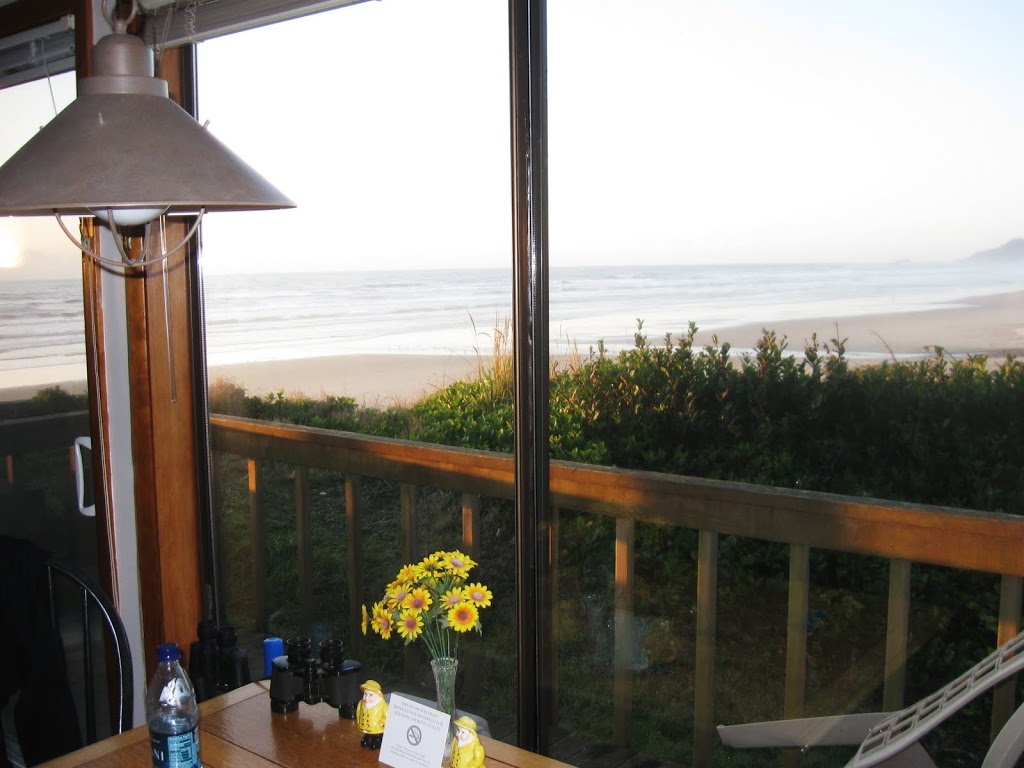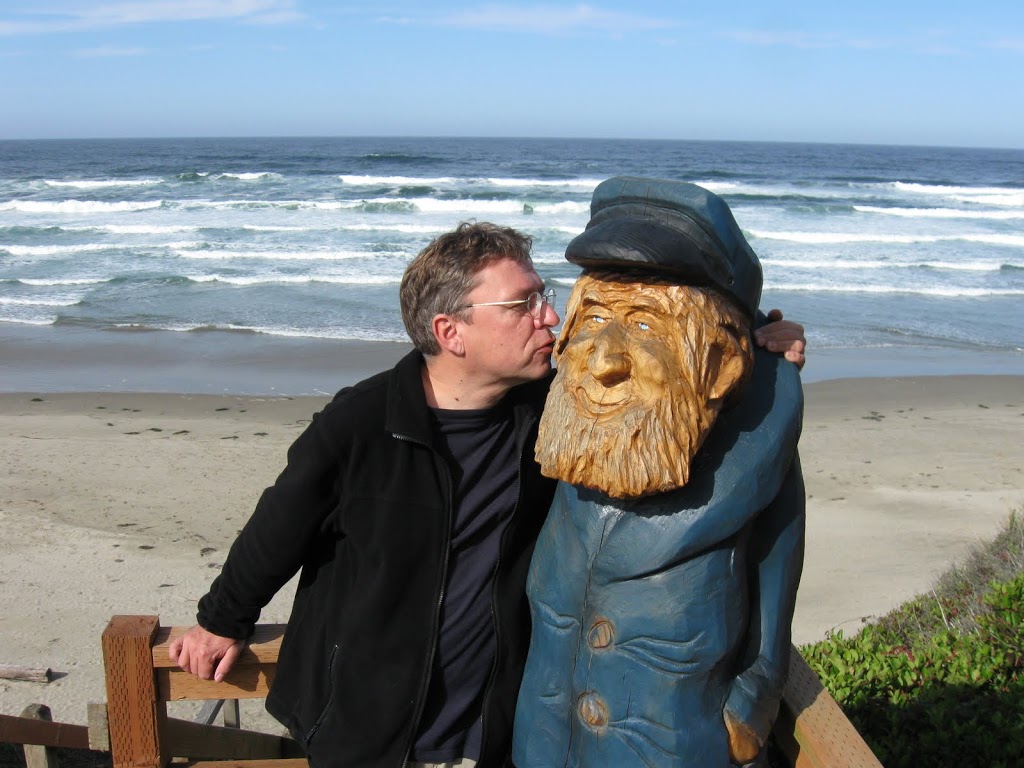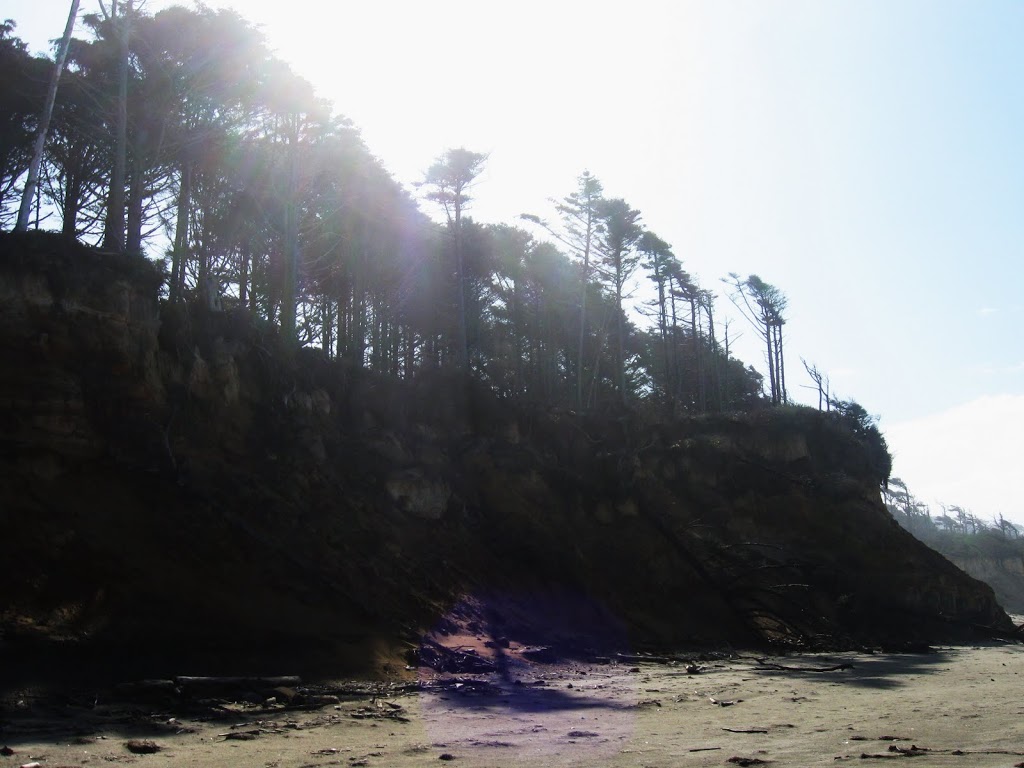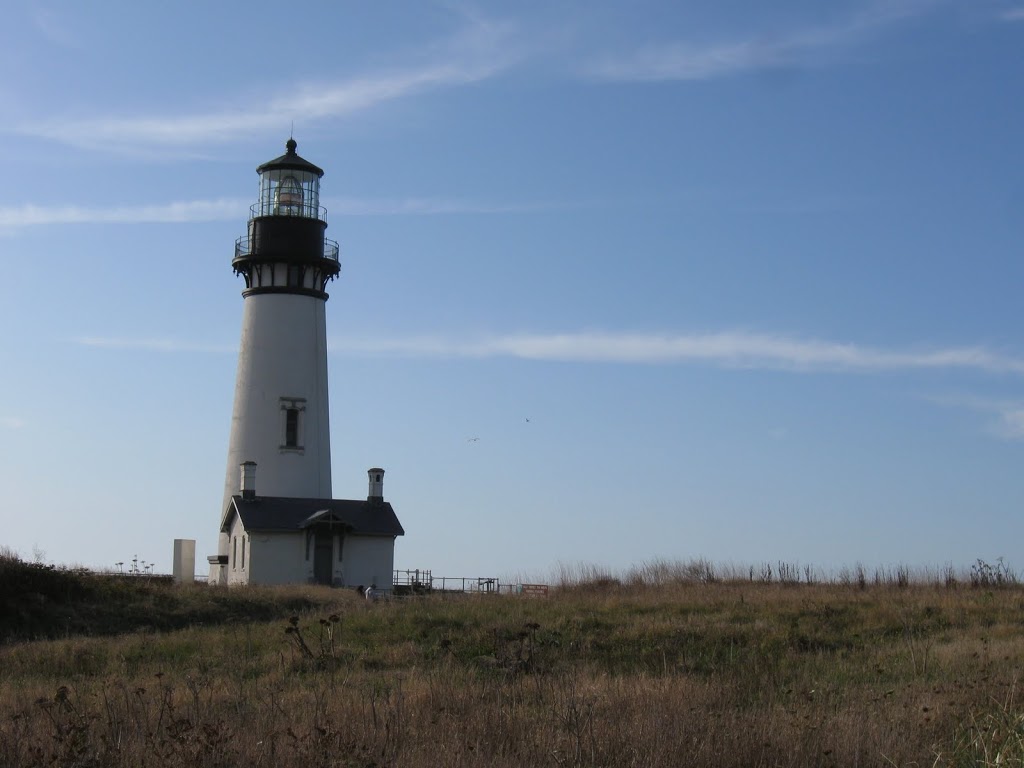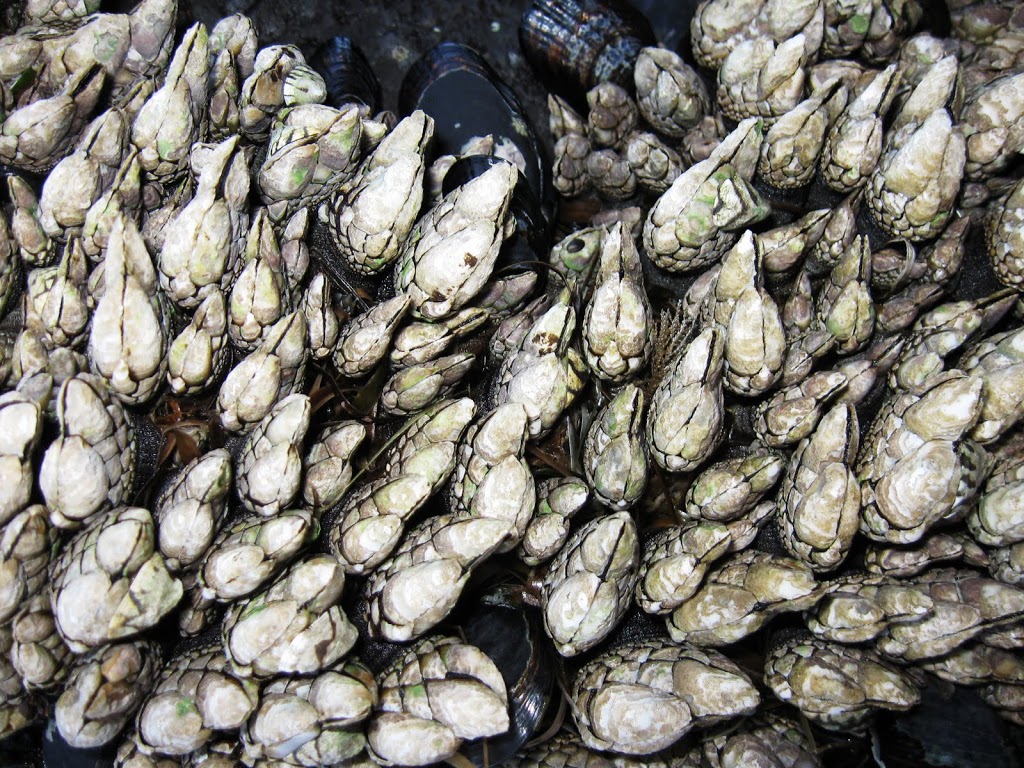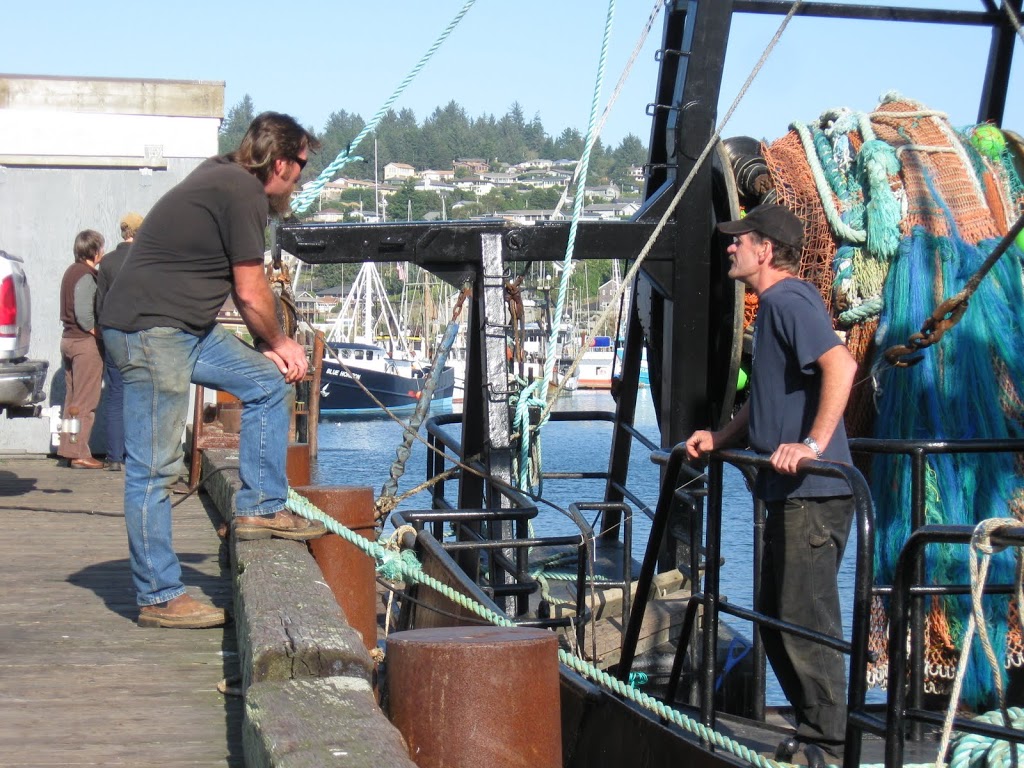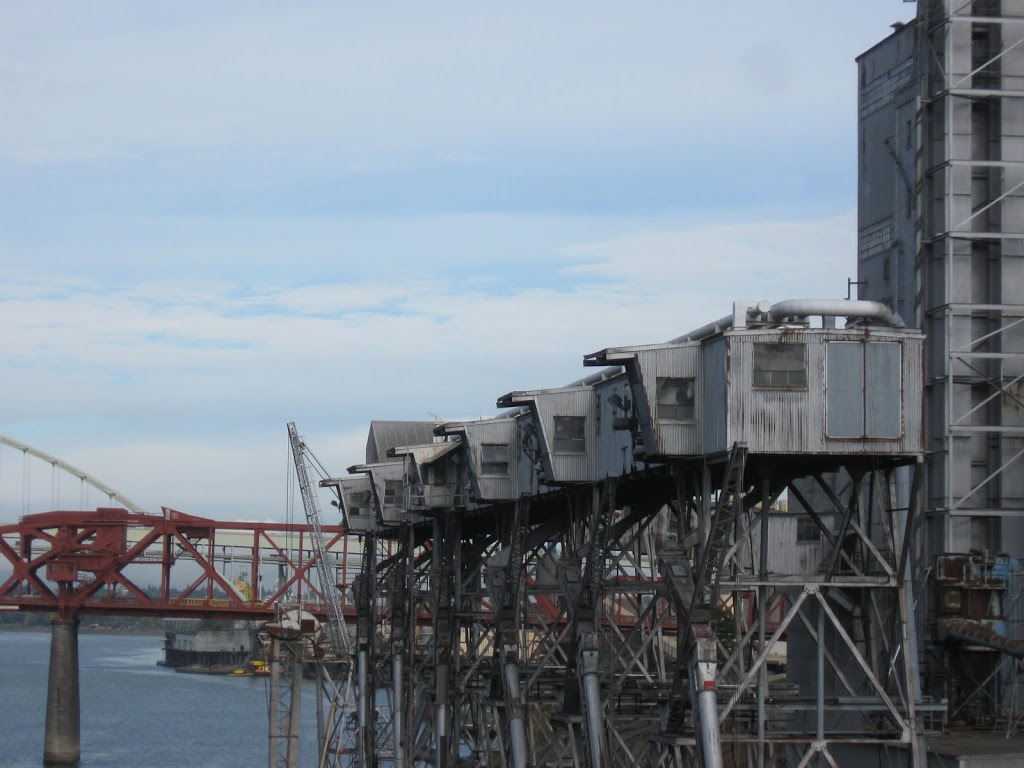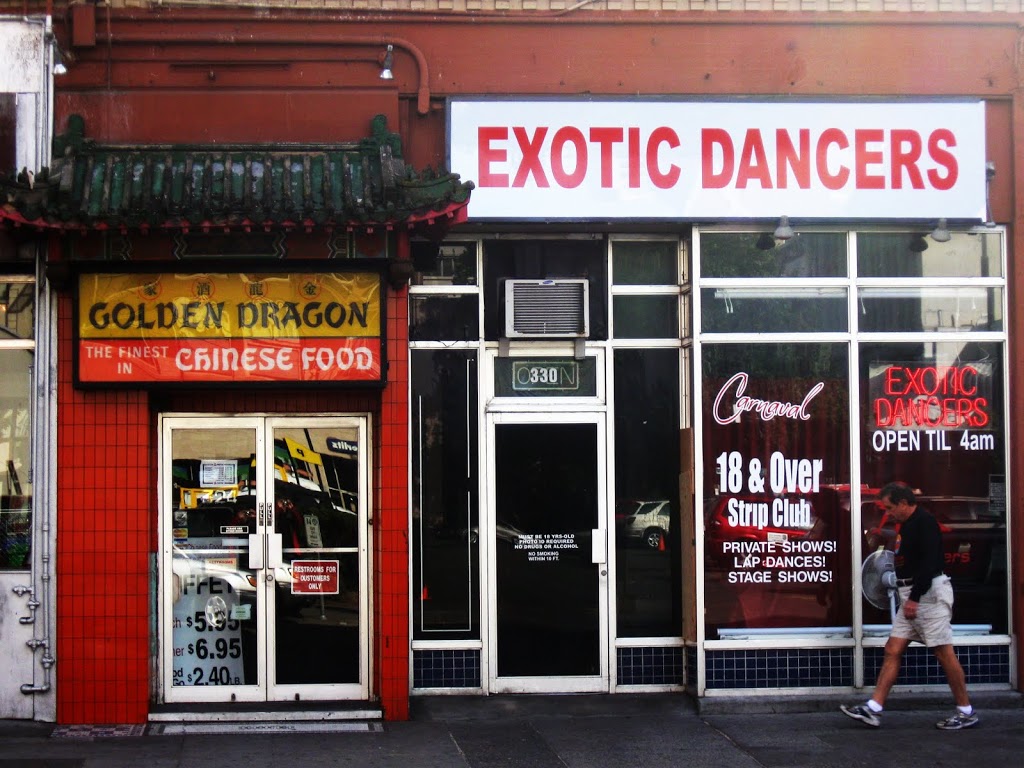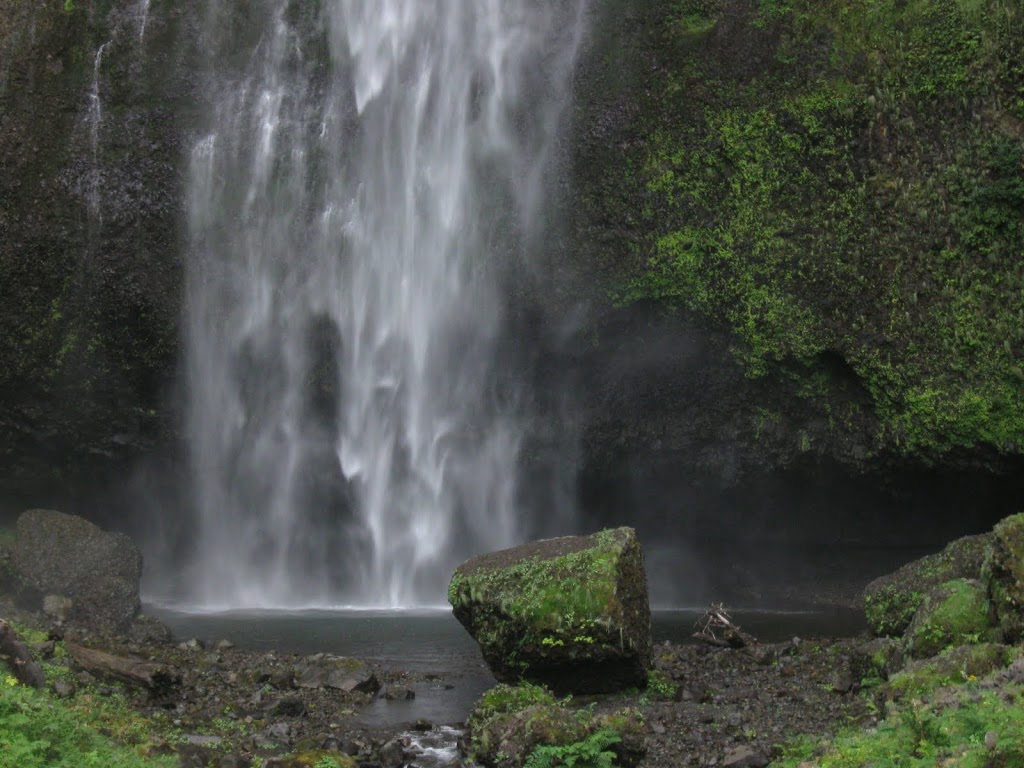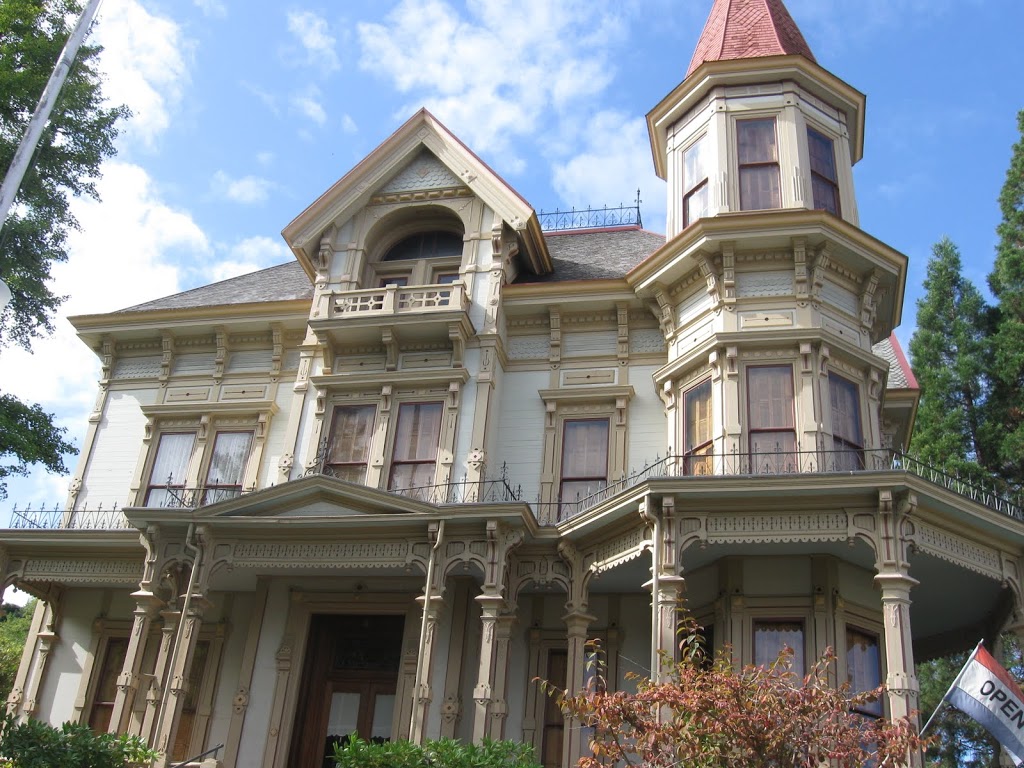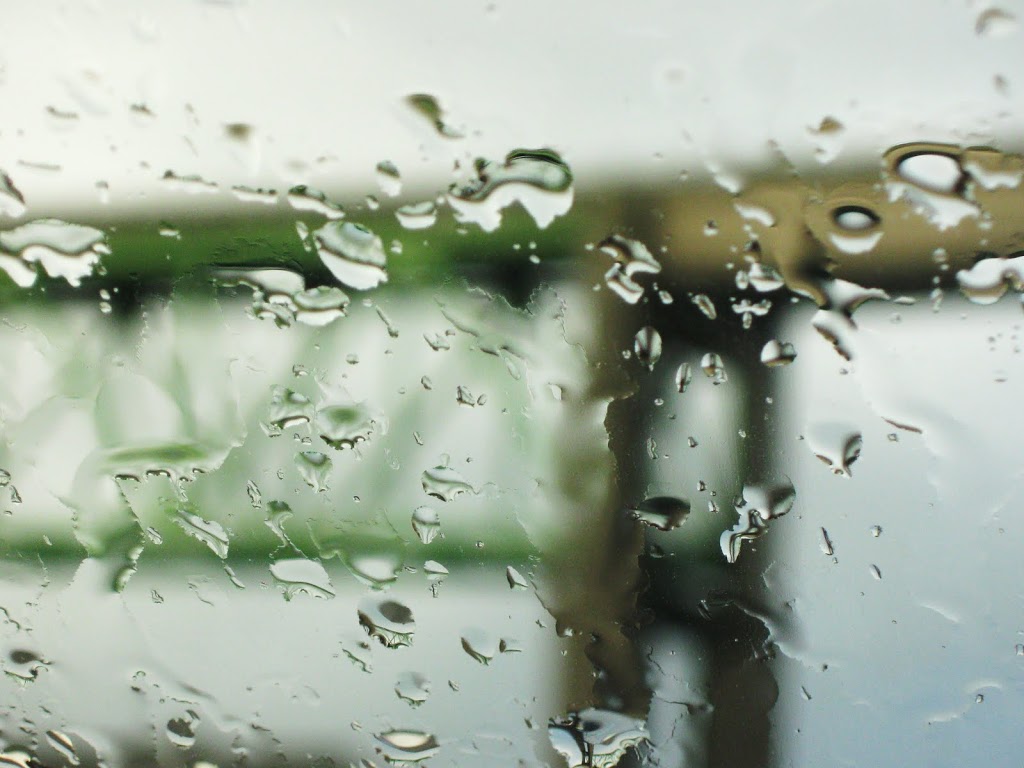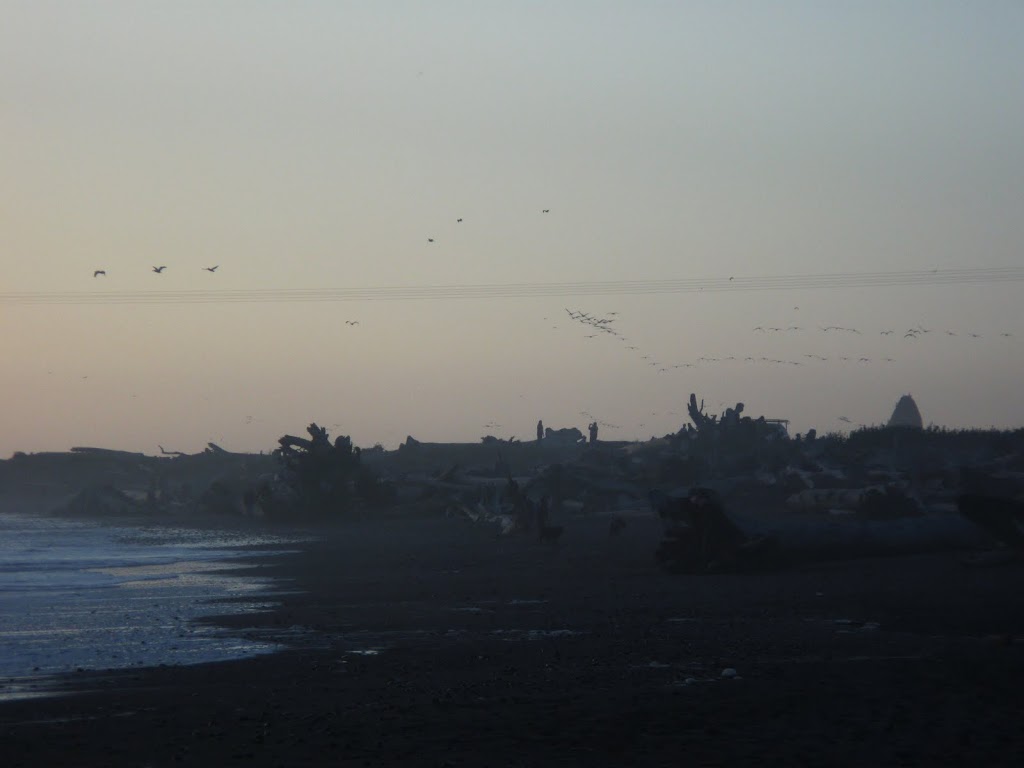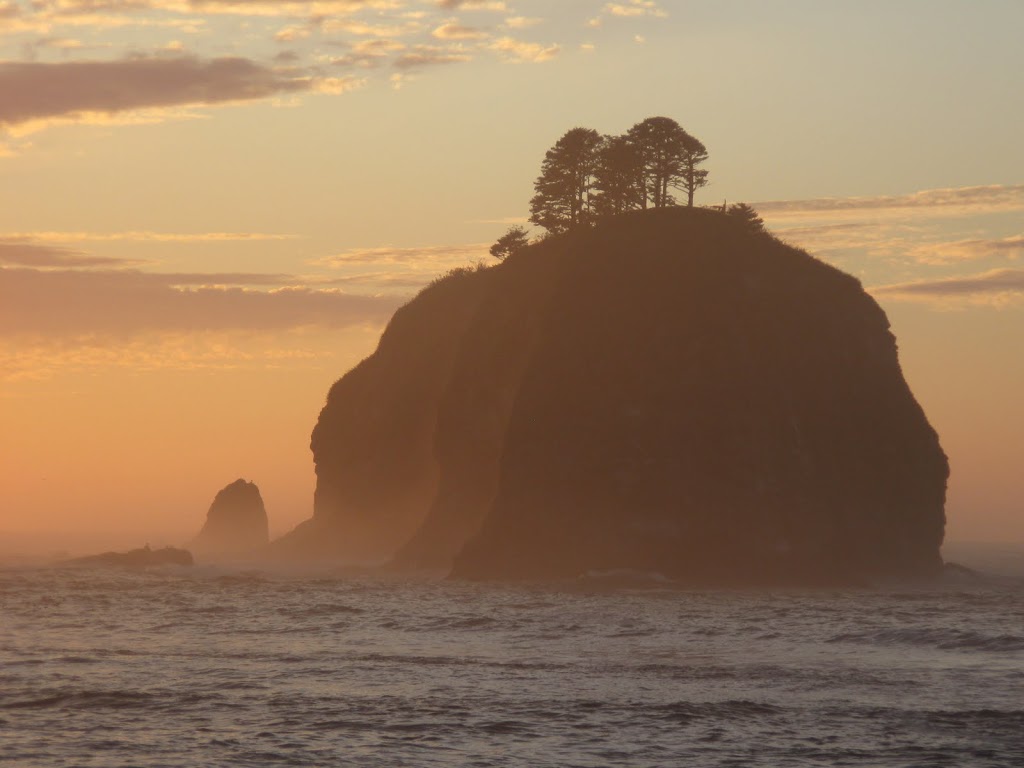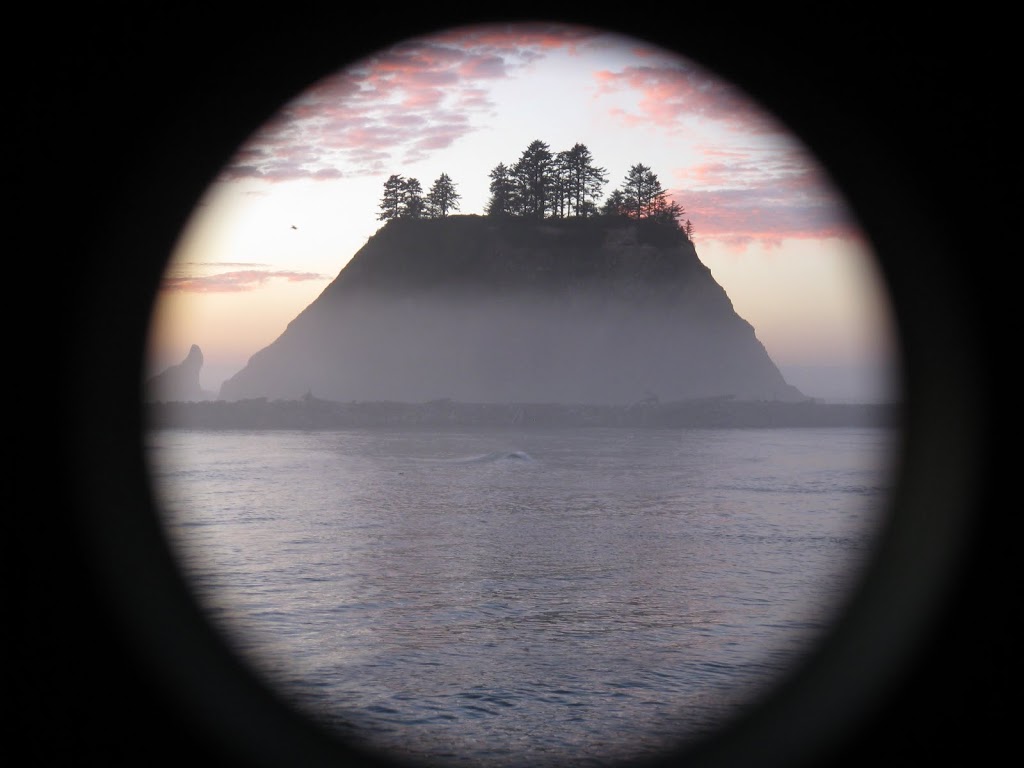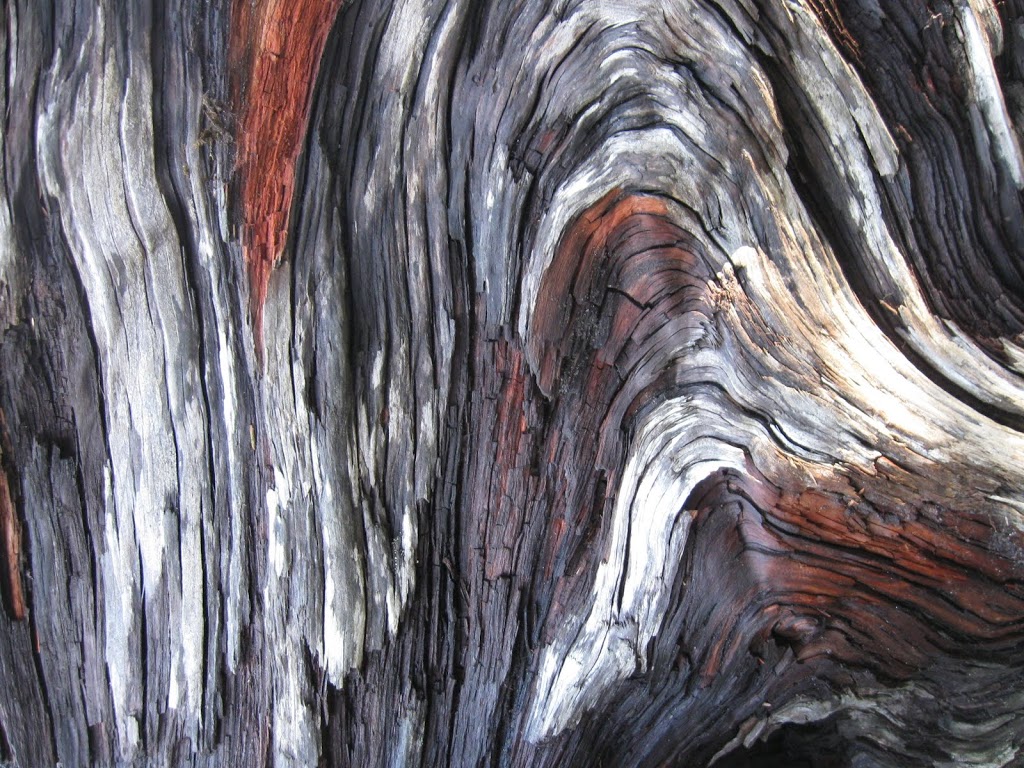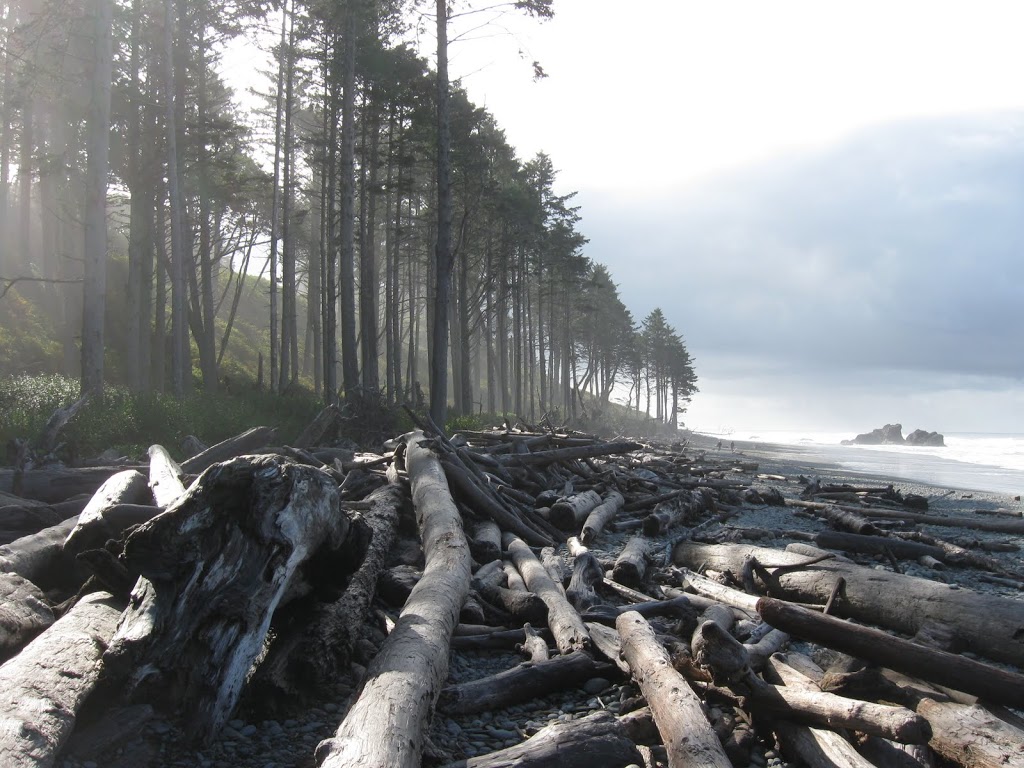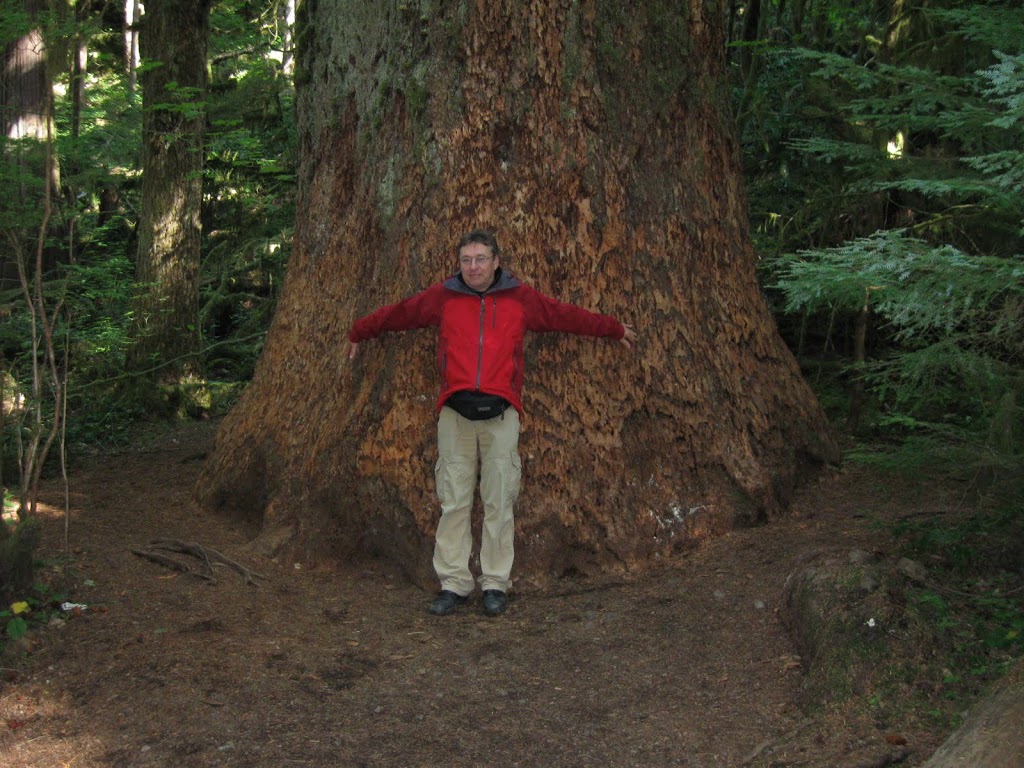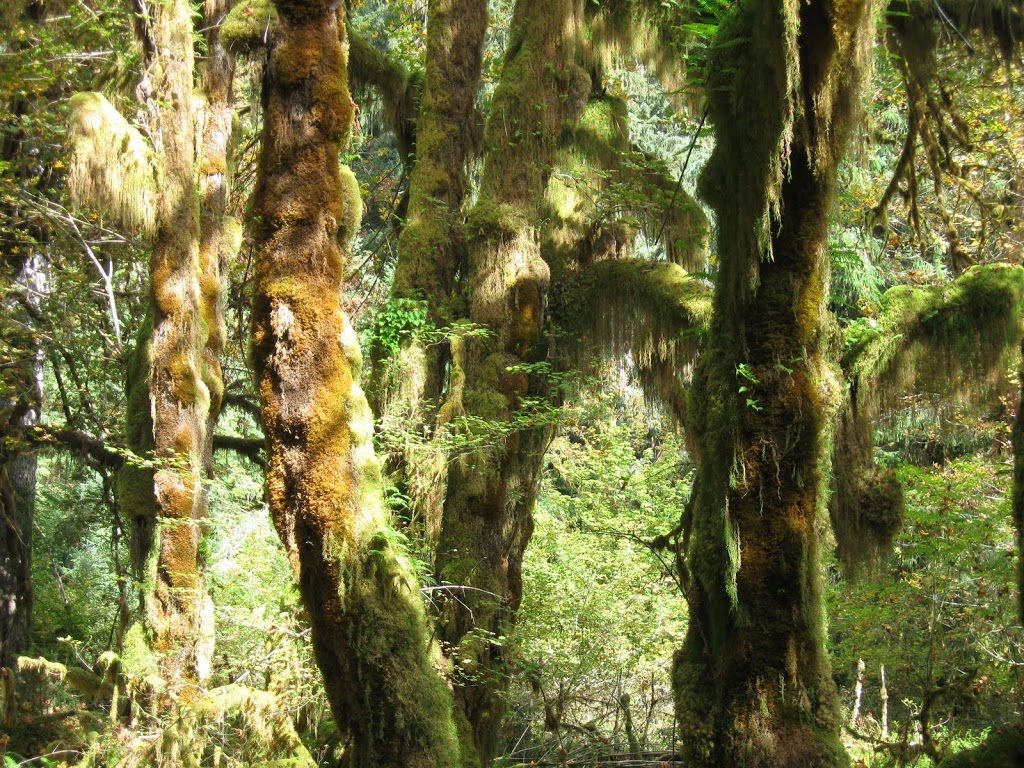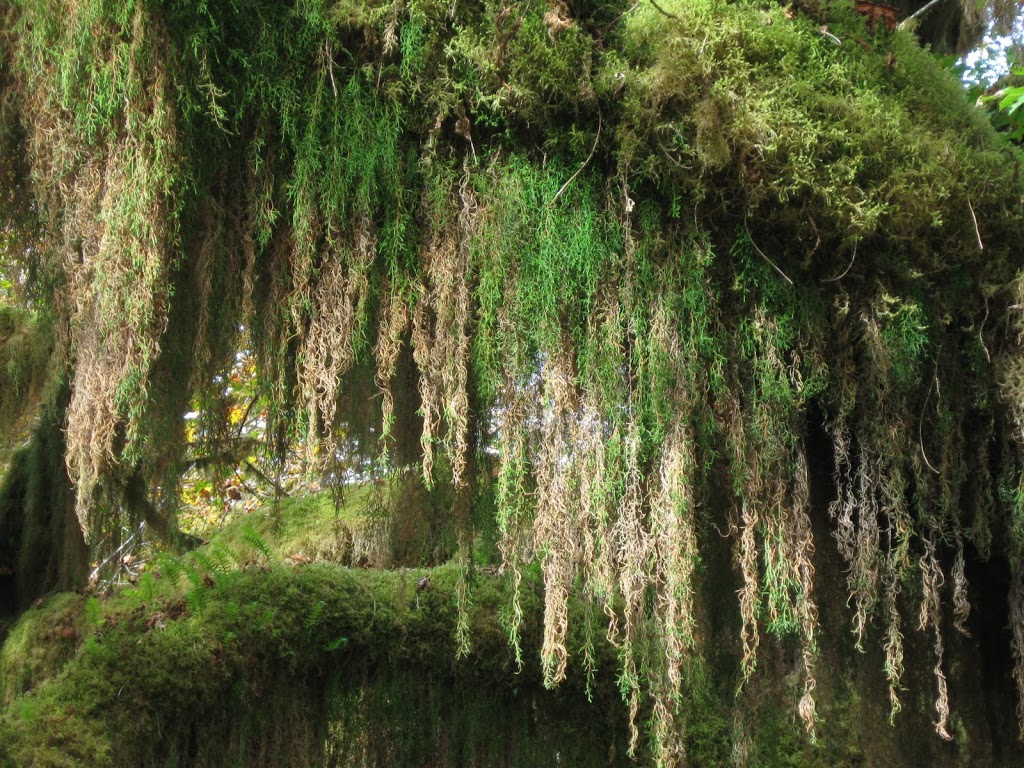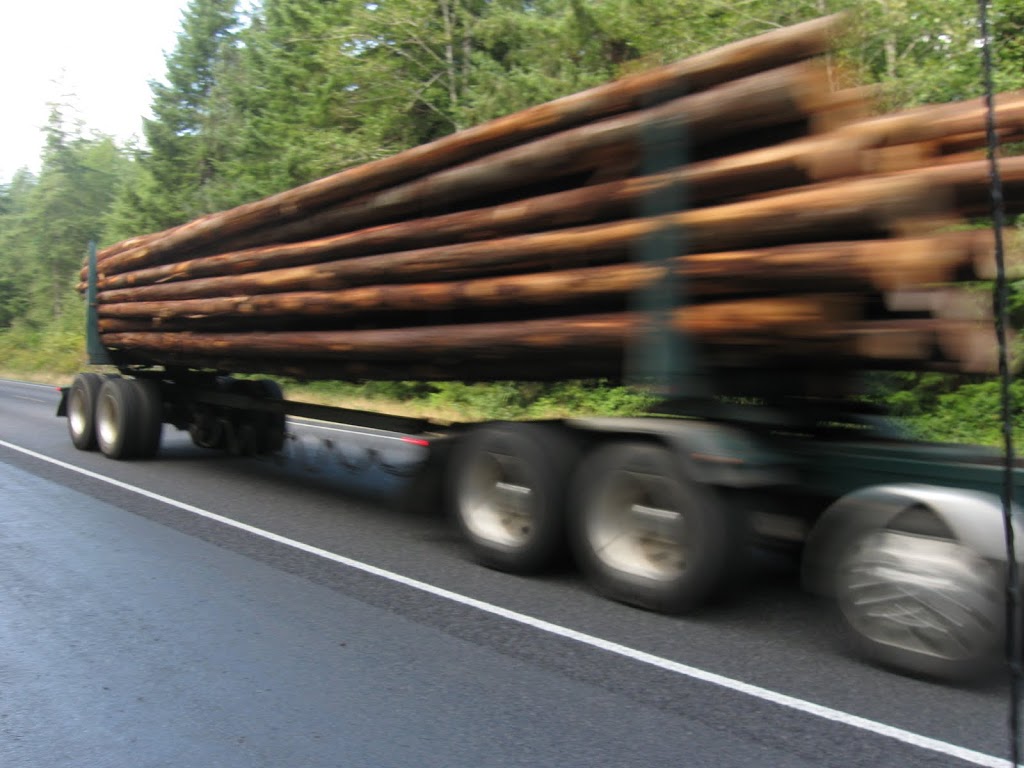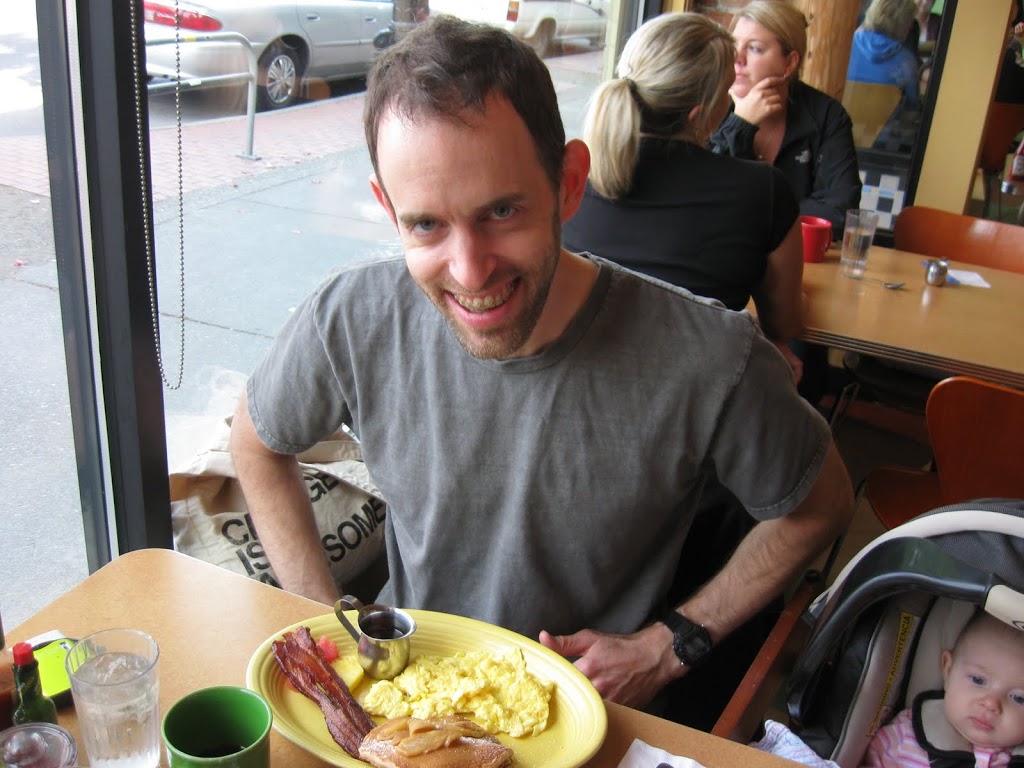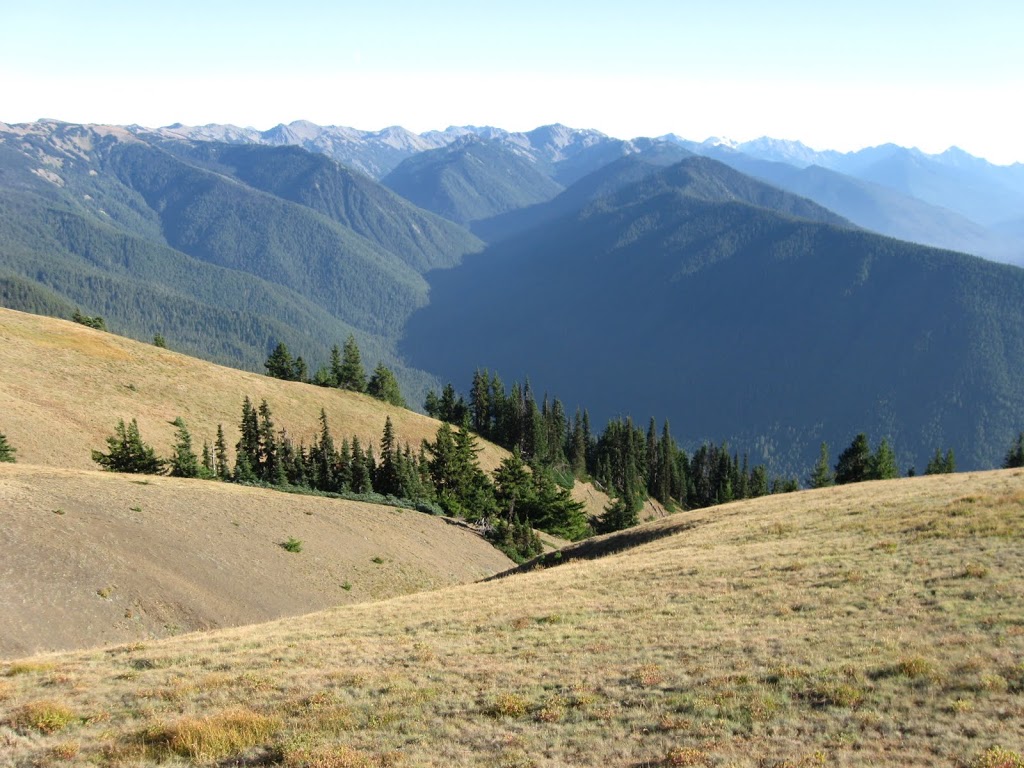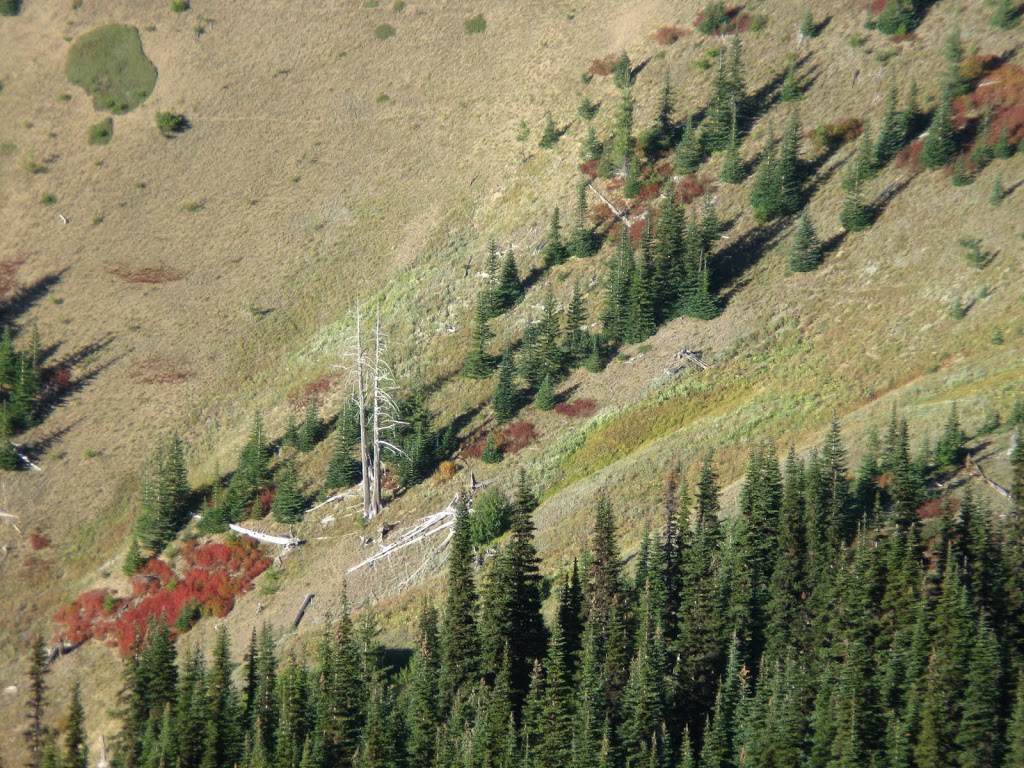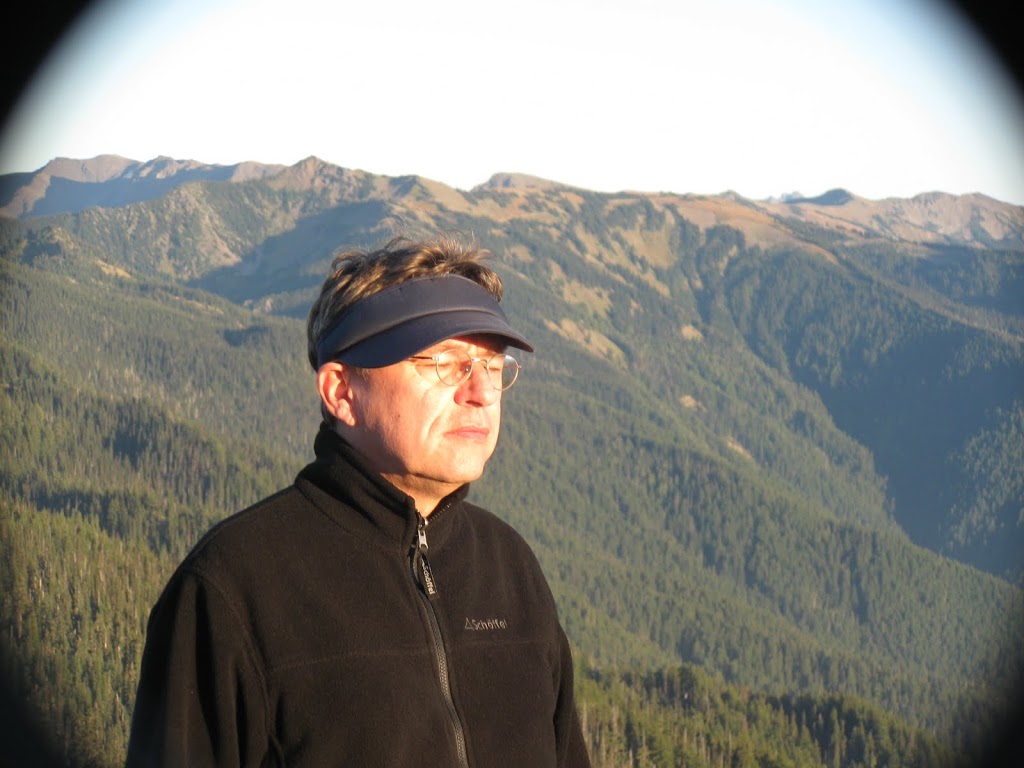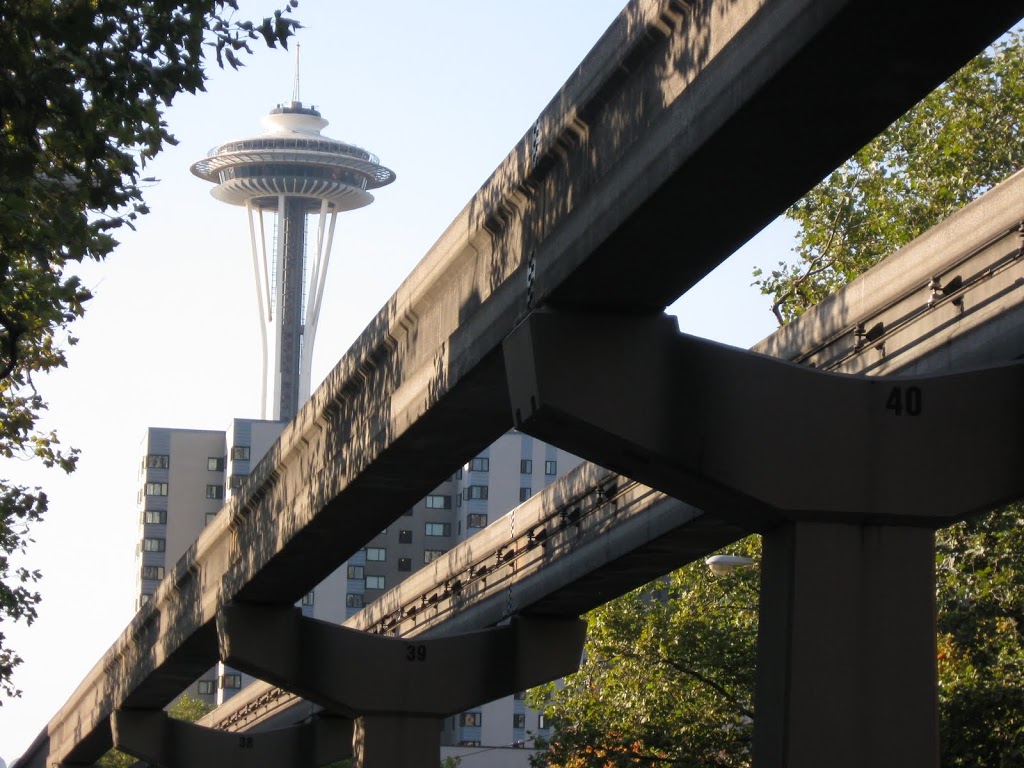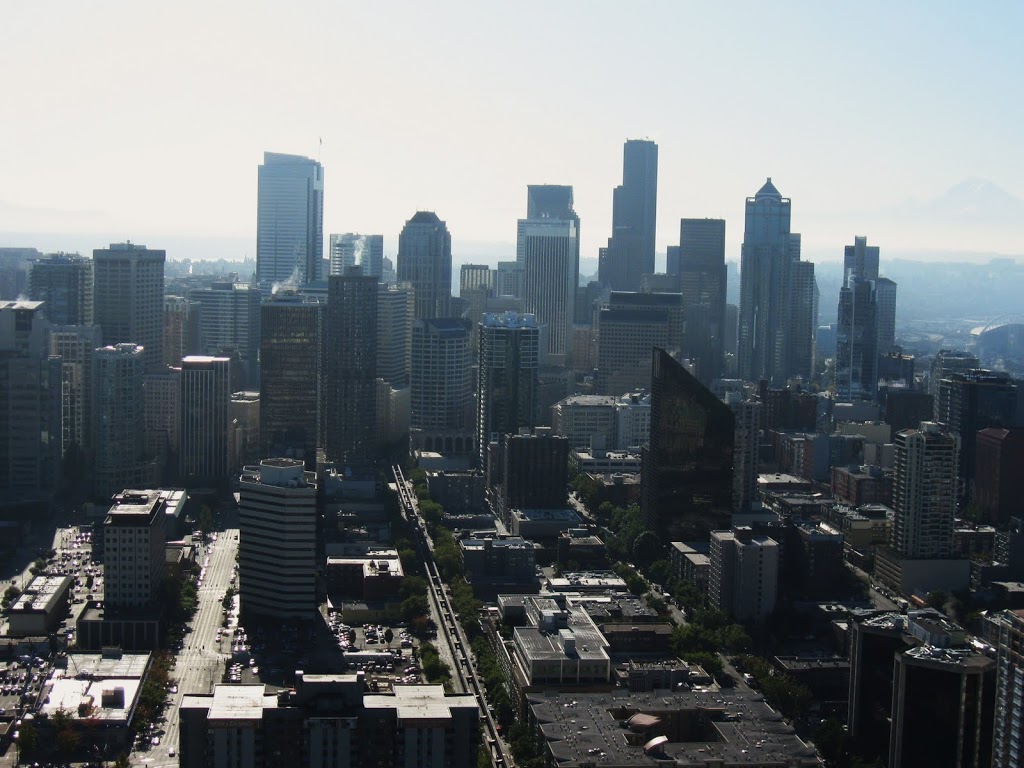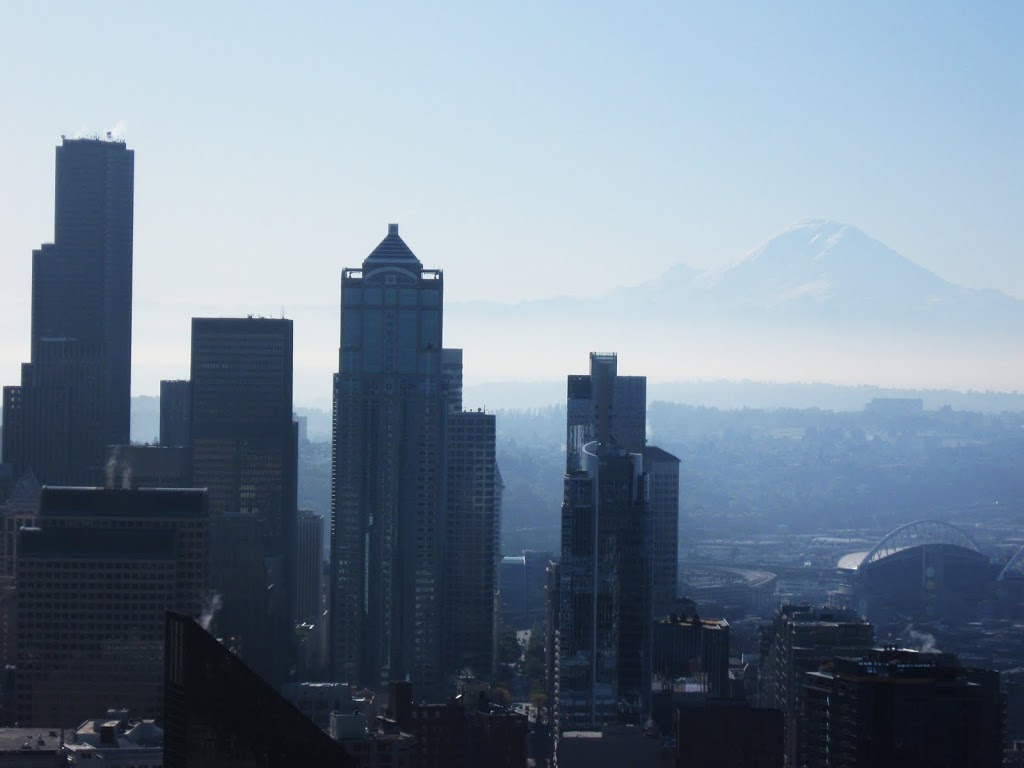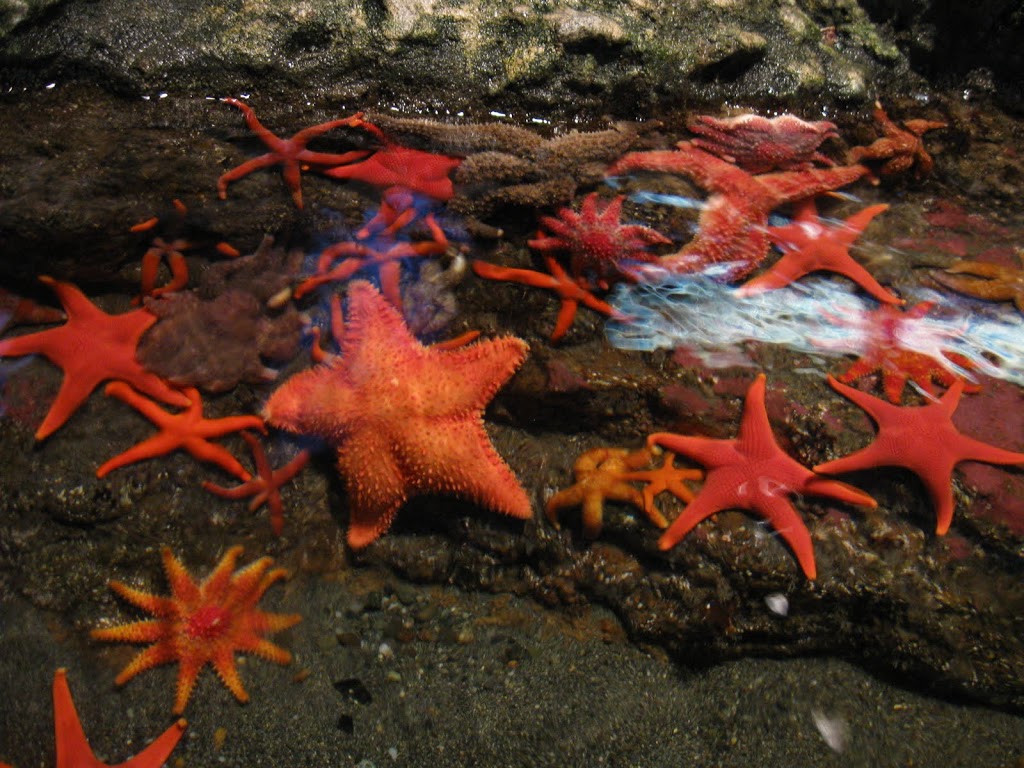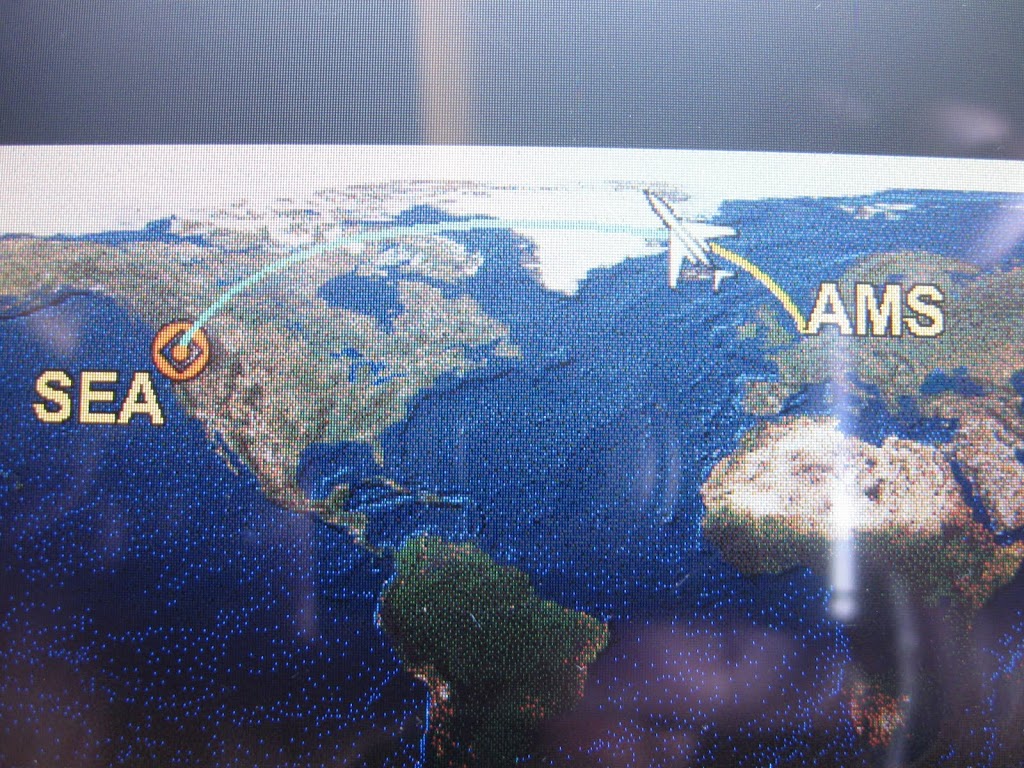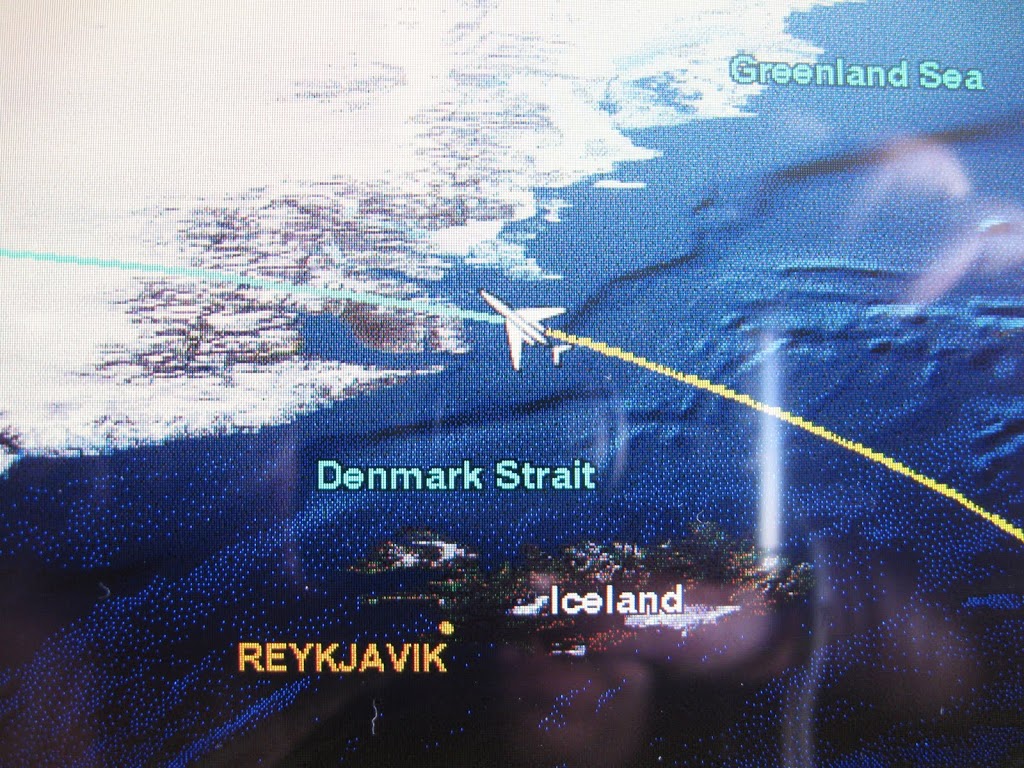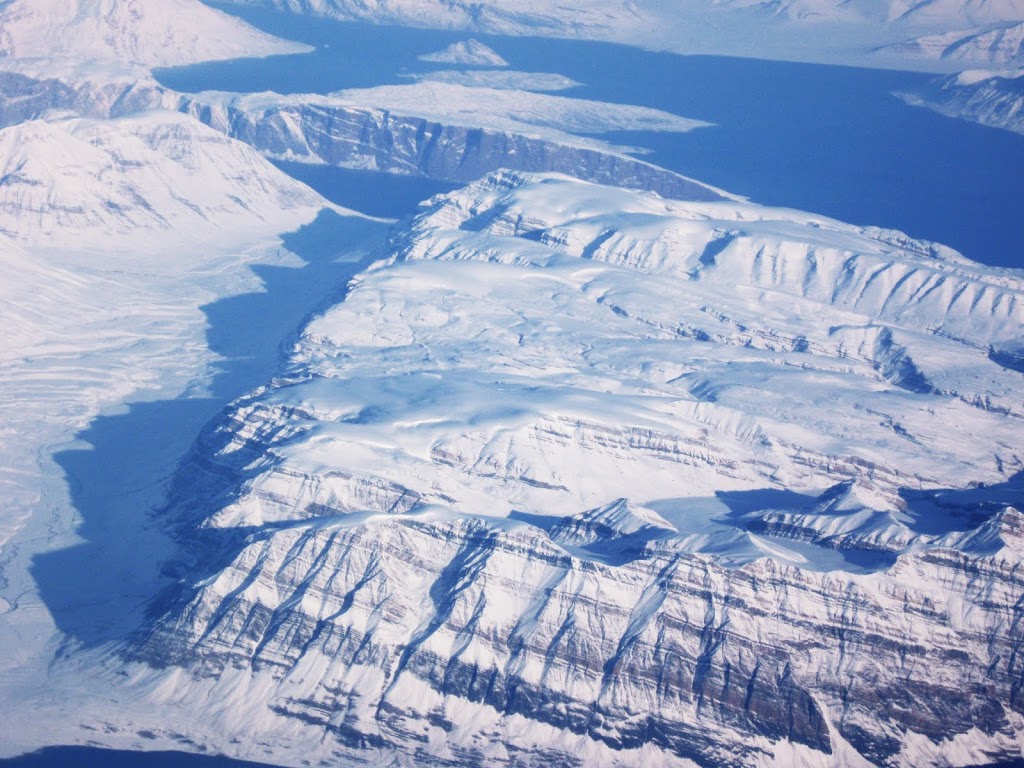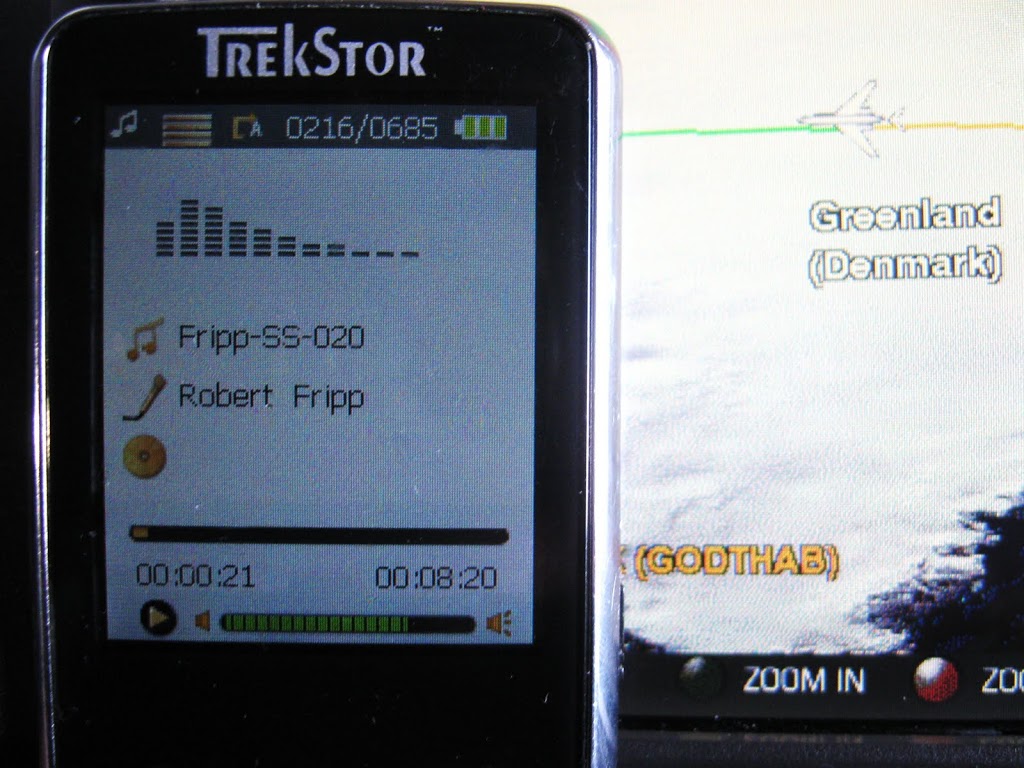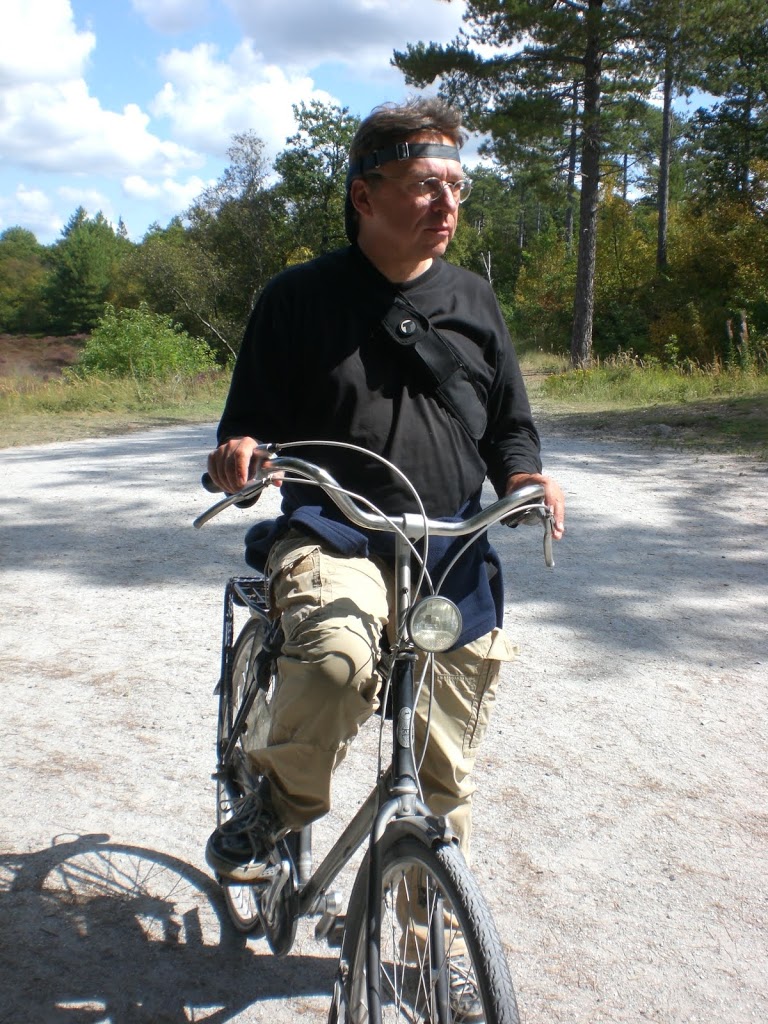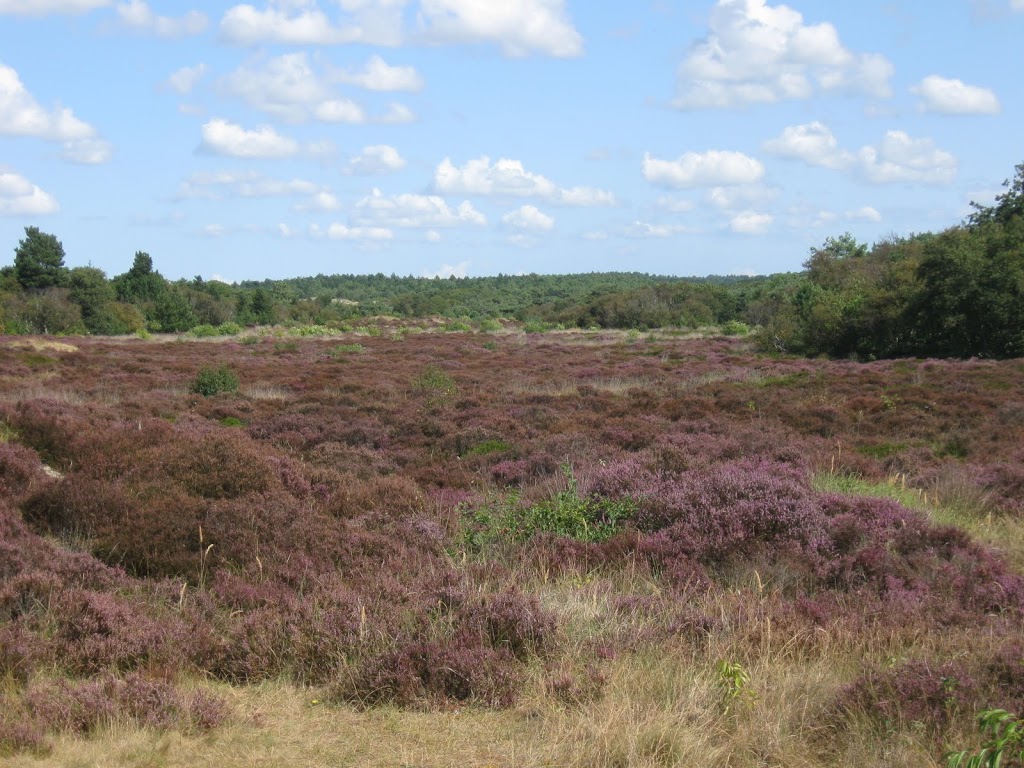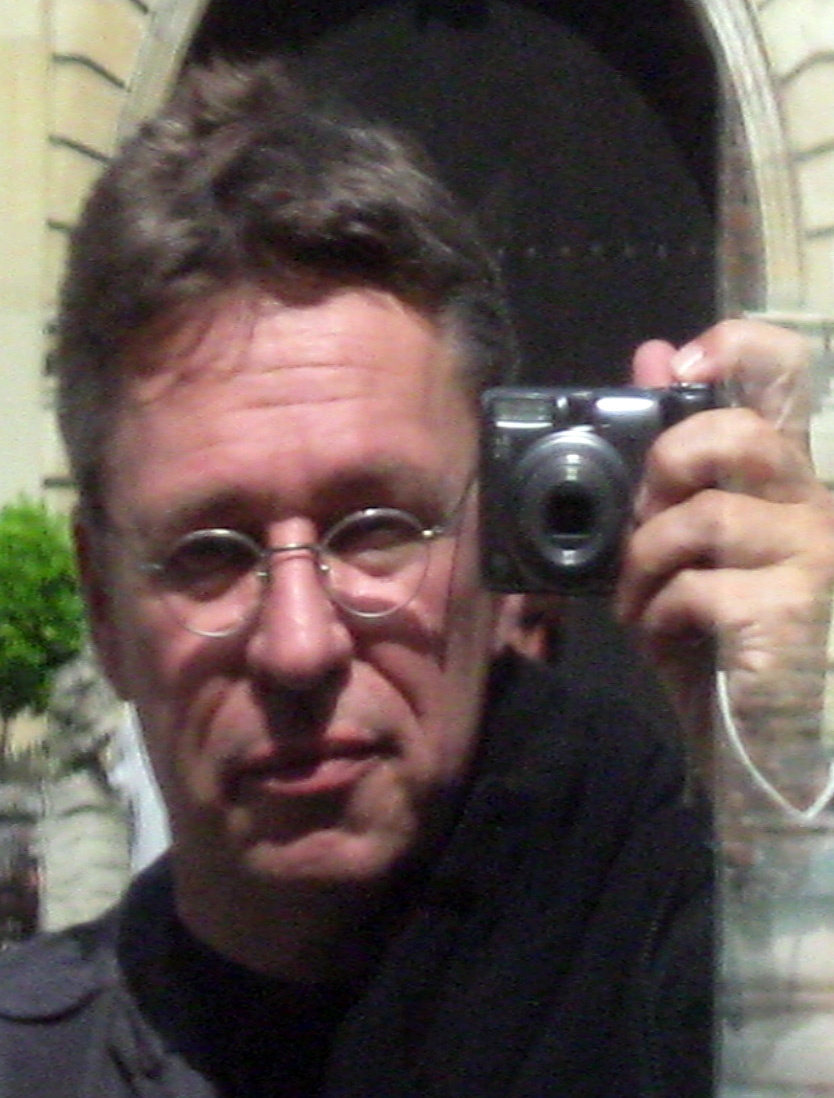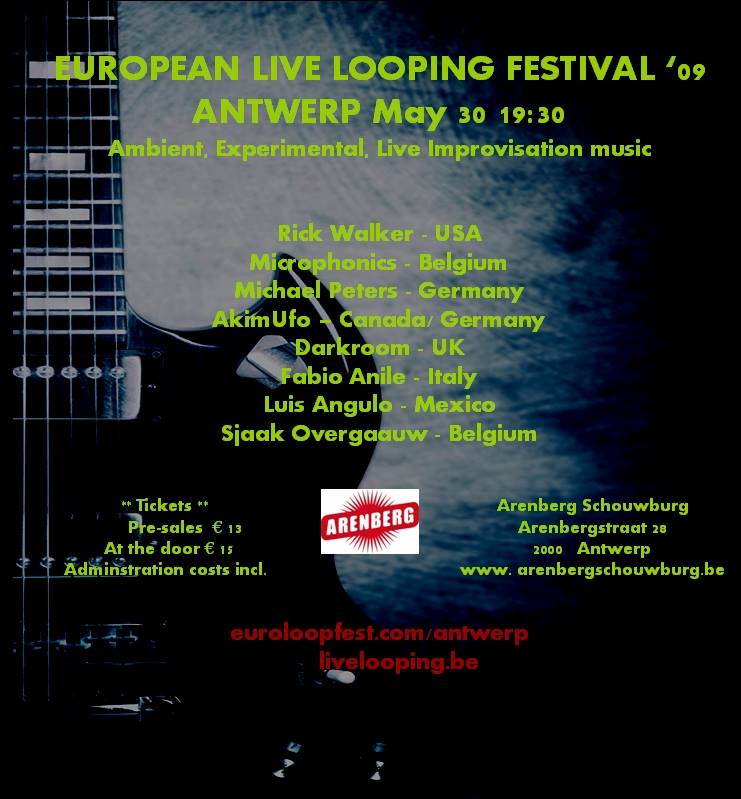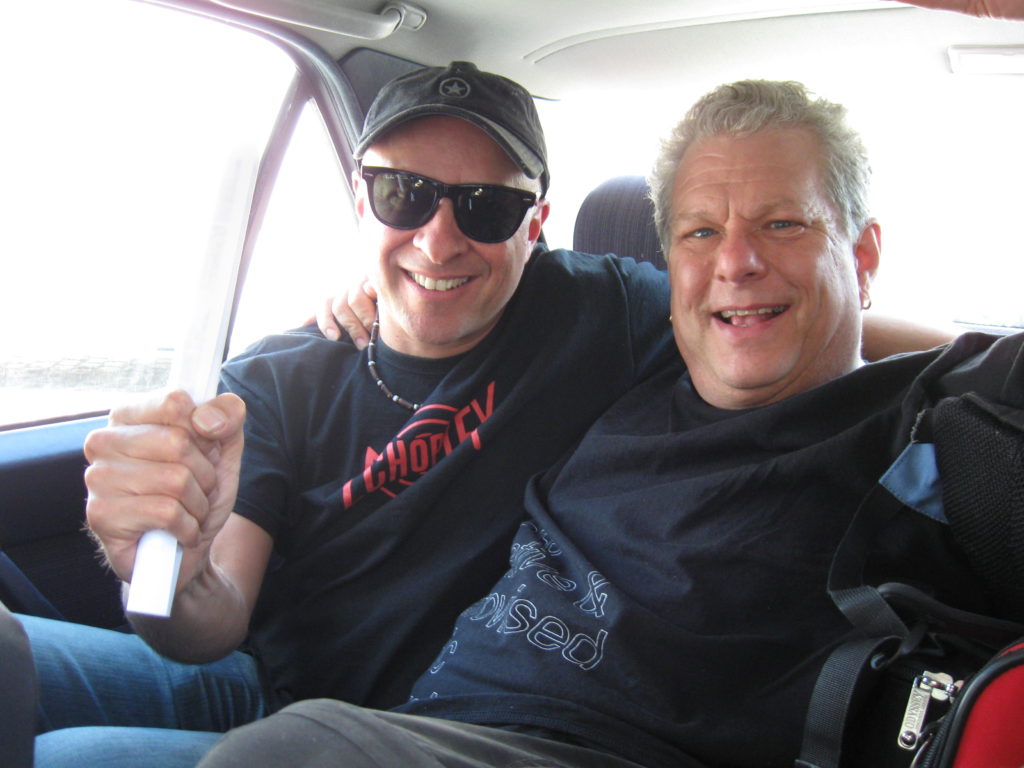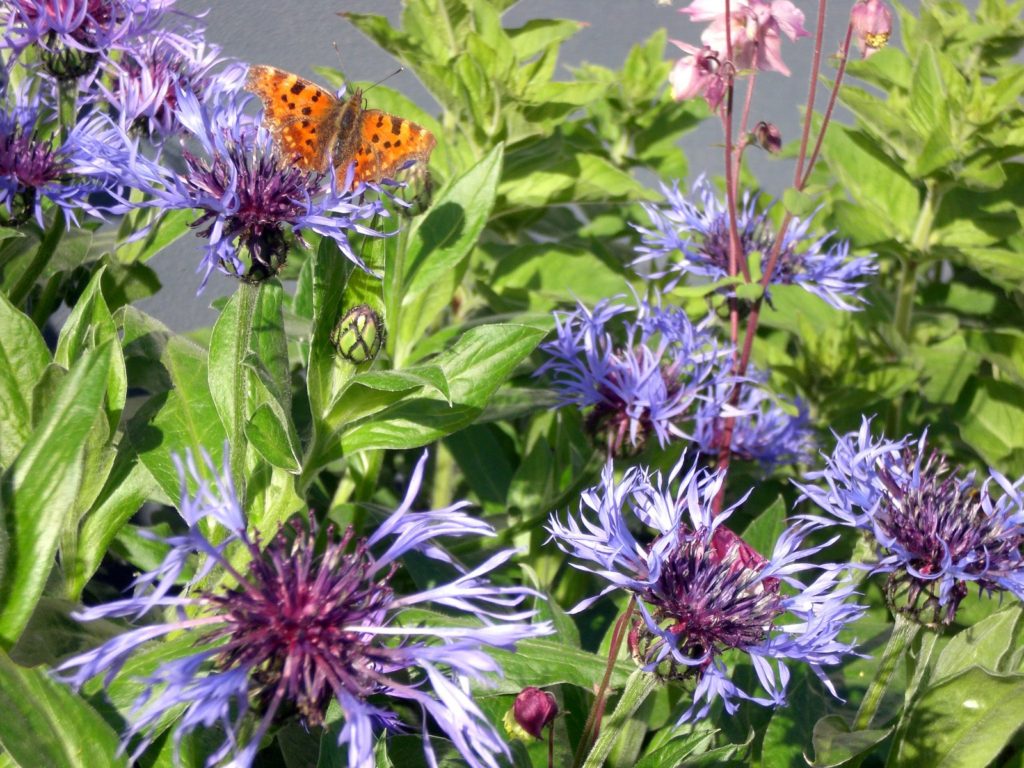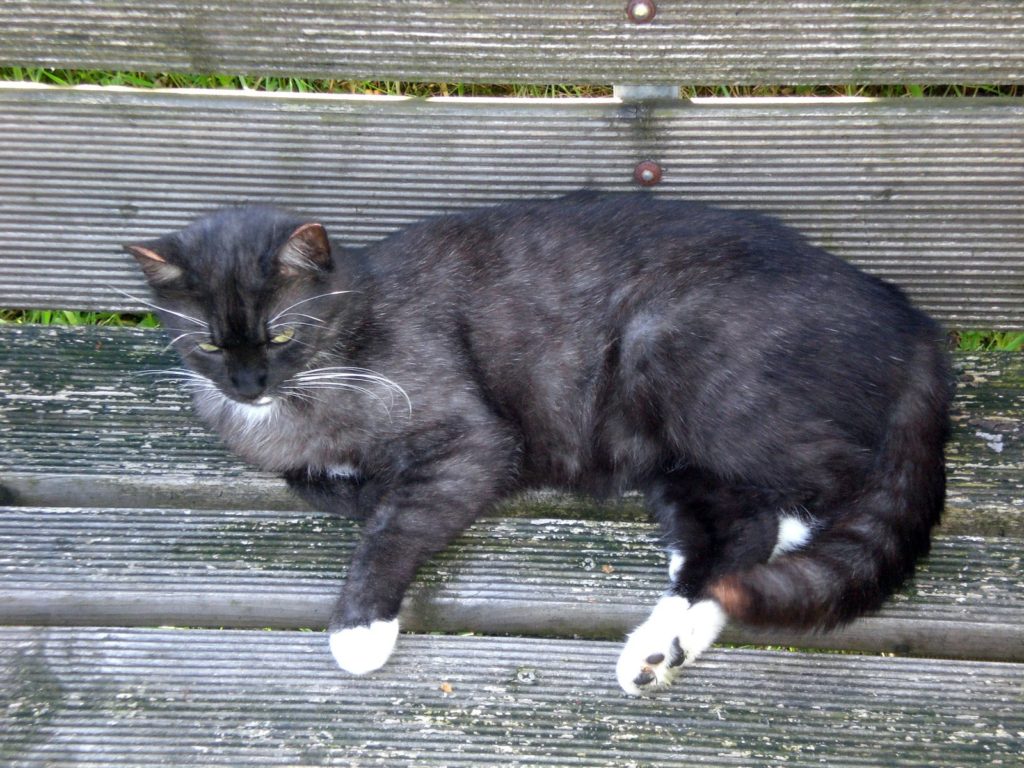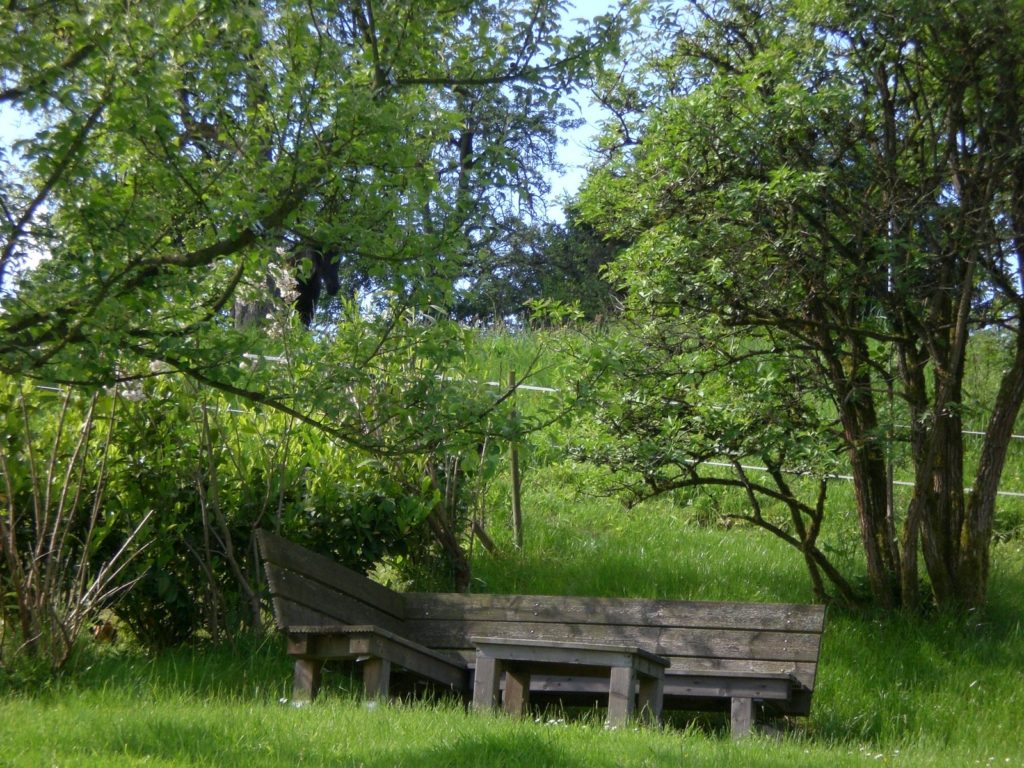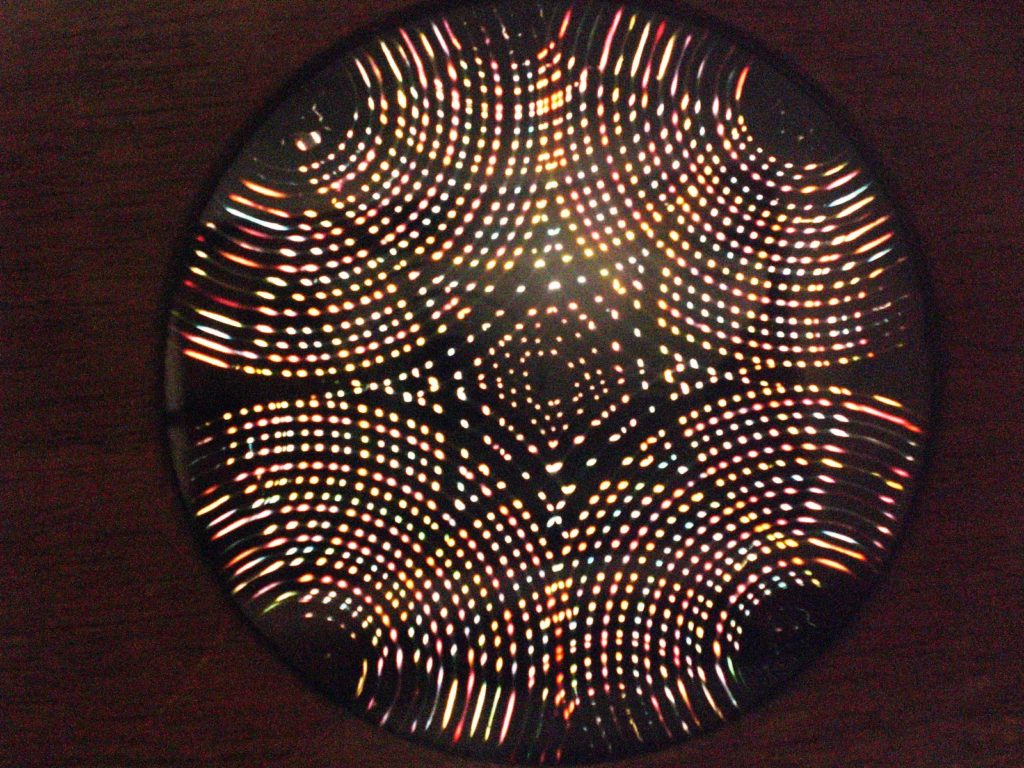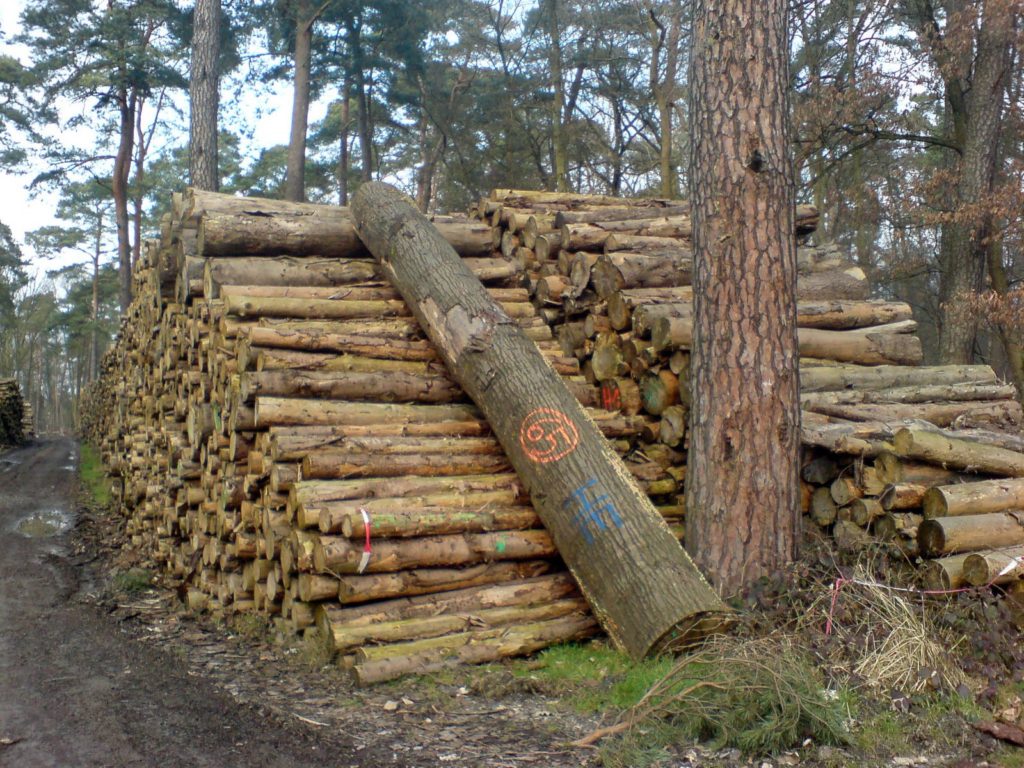… and then through the beautiful hills east of Mendocino, through another redwood forest, wine fields, eucalyptus groves … eventually going south towards San Francisco, a grey row of spikes in the distance beyond the bay while crossing another huge bridge, in the pale afternoon light of the beginning rain season.
We came into Berkeley where we stayed during two nights. Bought a new pair of shoes and a huge salad on Telegraph Avenue … the streets full of beautiful people but also of hobos and dropouts and many very sad human beings … peeked into the new Ridhwan school building but didn’t want to disturb as a retreat was going on.
The next morning, a somewhat quiet monday in San Francisco because of Columbus day. This was my third visit to this beautiful city: I had been here with my old friend Walter in 1979 and with my (then not-yet-married) wife Sabine in 1997. Had already forgotten many details but loved it again immediately.
Of course my view is romantic and has nothing to do with the real life of most people here but San Francisco is the birthplace of so much … the Beat Poets, the hippies … the Beat movement that means a lot to me, mostly because of Gary Snyder’s poetry, was going on here while I was a boy, and for some reason, the modern hippies (we saw quite a number of them) mostly wear dreadlocks … I talked to one of them who had a guitar, he turned out to be a big fan of Daevid Allen and Steve Hillage, so we had a good connection immediately.
Taking lots of buses to get around on this day … artificial crickets in Chinatown … up through hundreds of wooden stairs through exotic little gardens towards Coit tower … a wonderful view over the city and the bay even though it was not sunny … a fig/pecan tart that was close to heaven, in the very nice Cafe Divine at Washington square … more than an hour spent in shops in Japantown where Sabine bought a white fake-crumpled-paper-mug … beautiful houses and a postcard look over the city from Alamo Square … more buses … back to Cafe Divine (because it felt so good) for some pasta … a sad and poor black man in an old streetcar, careless violence … eventually taking the BART back to our Berkeley place, screeching along under the water of the bay for minutes, a loud and high choir of very fast metal.

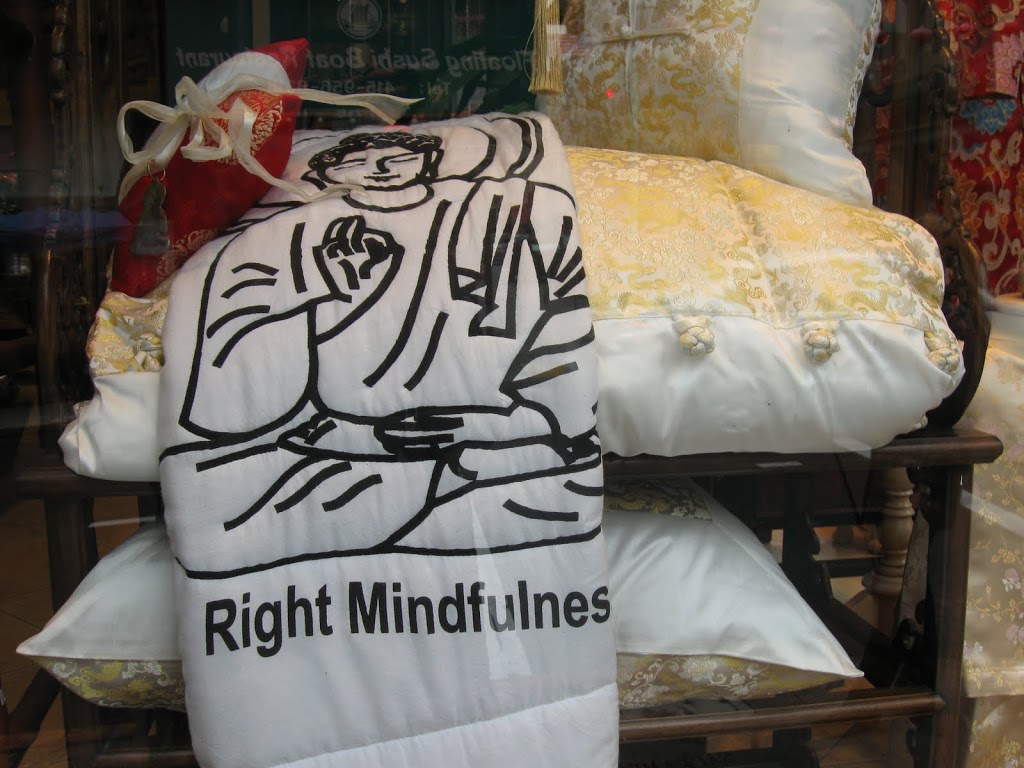

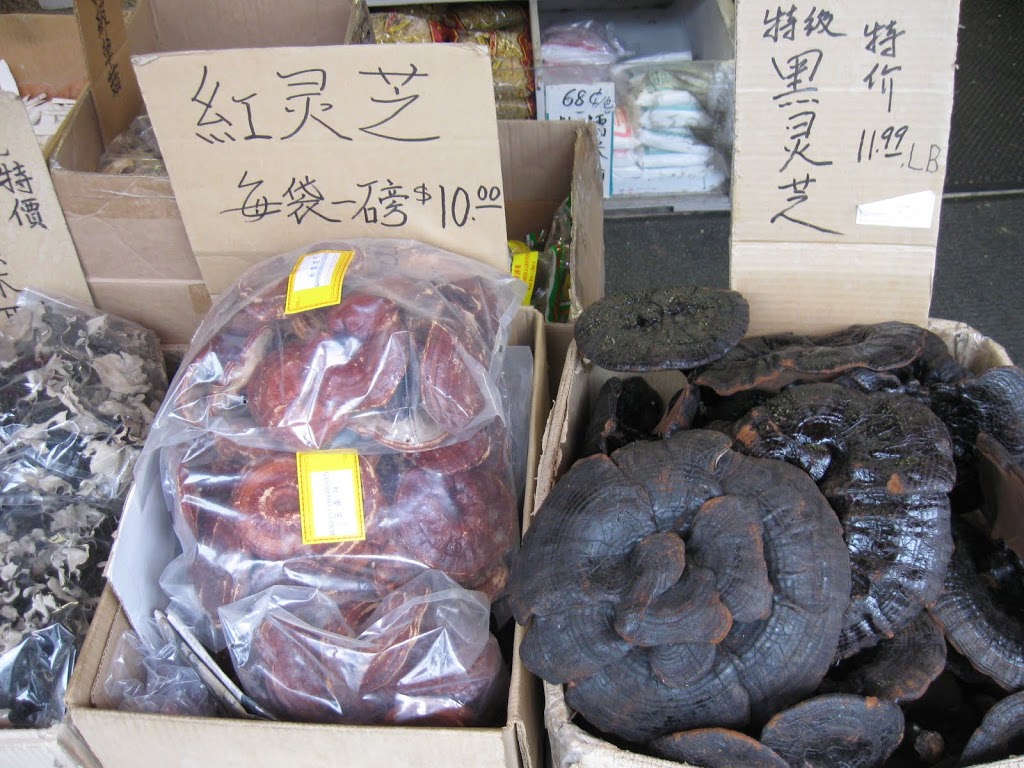

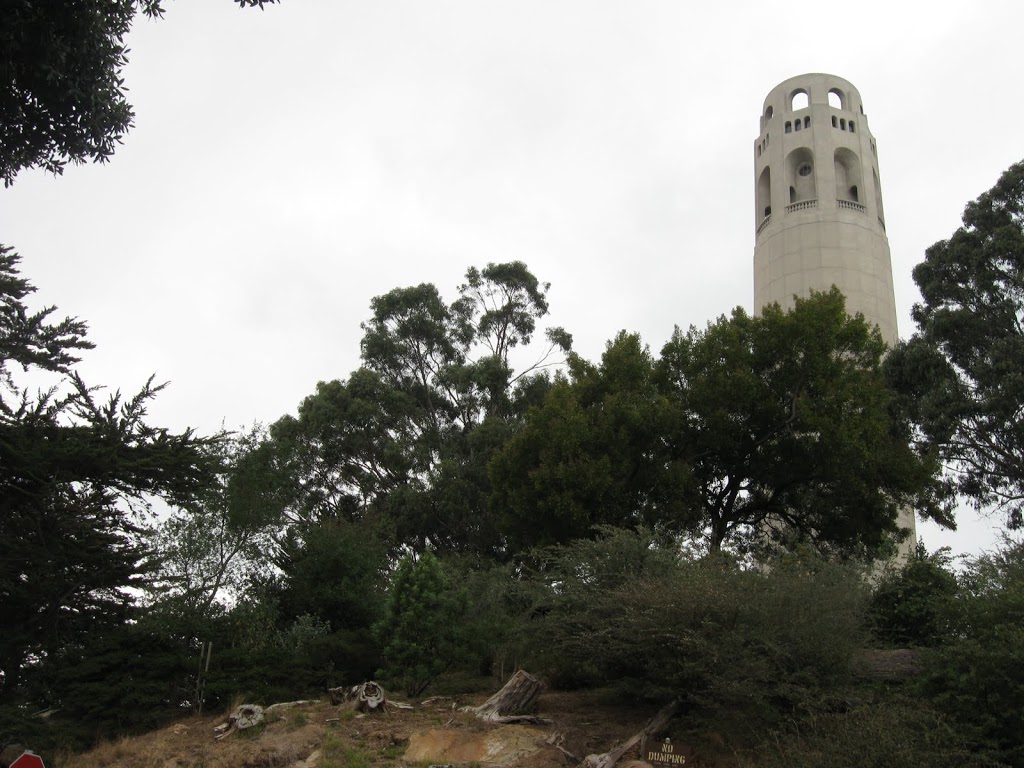


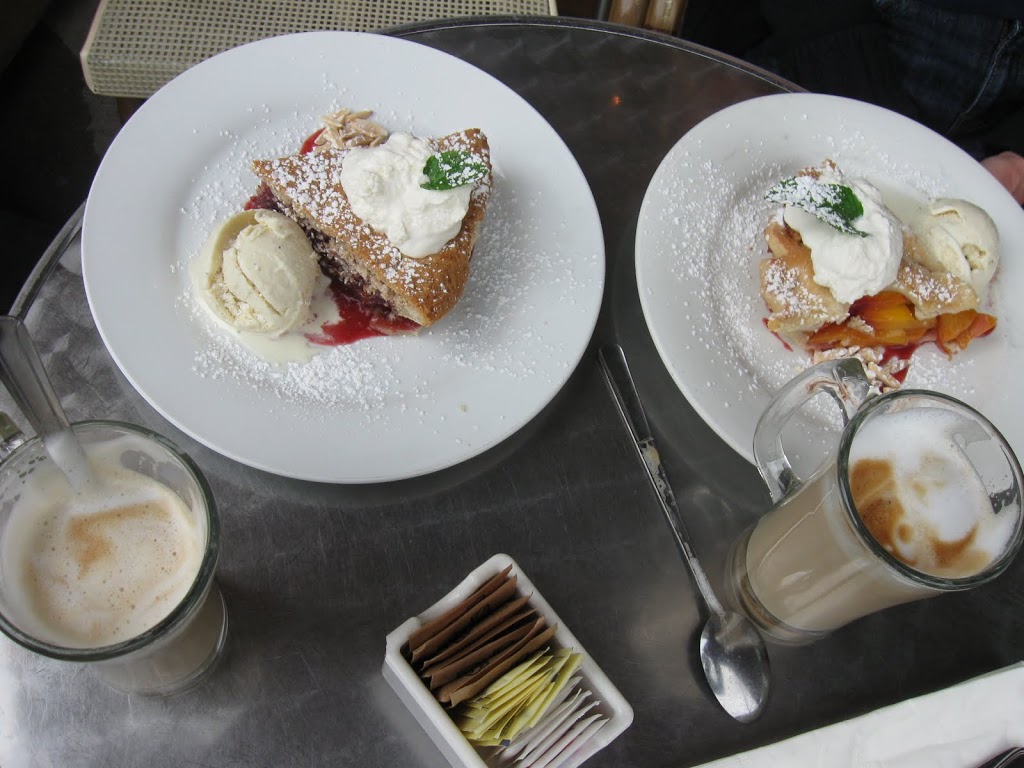
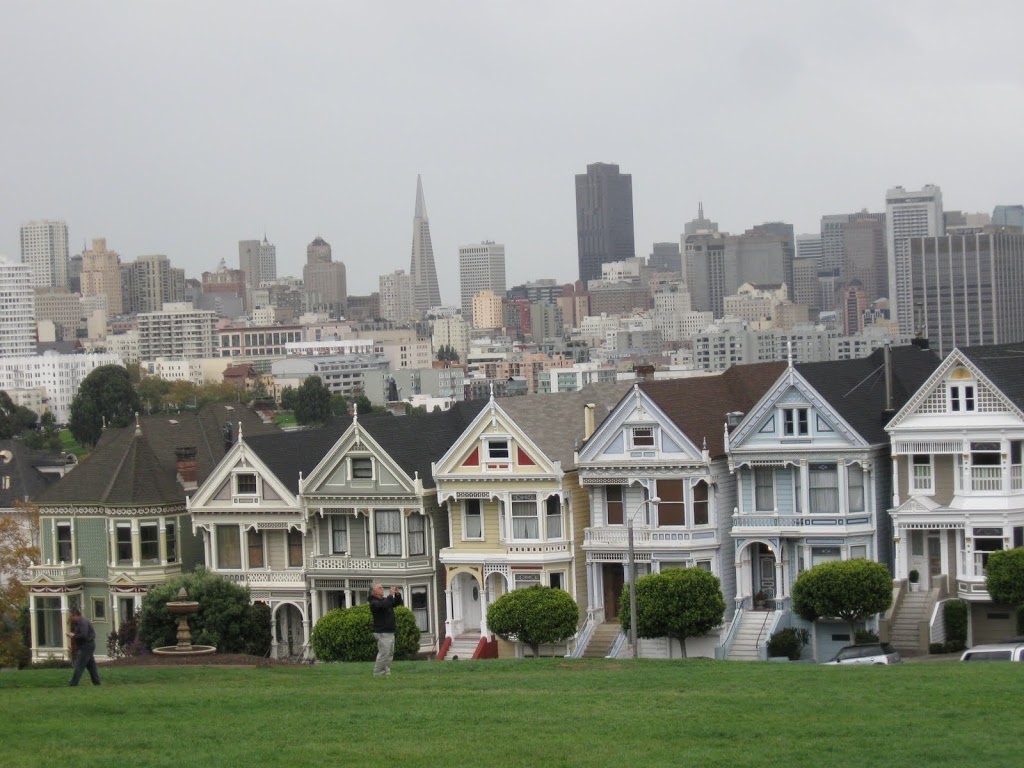

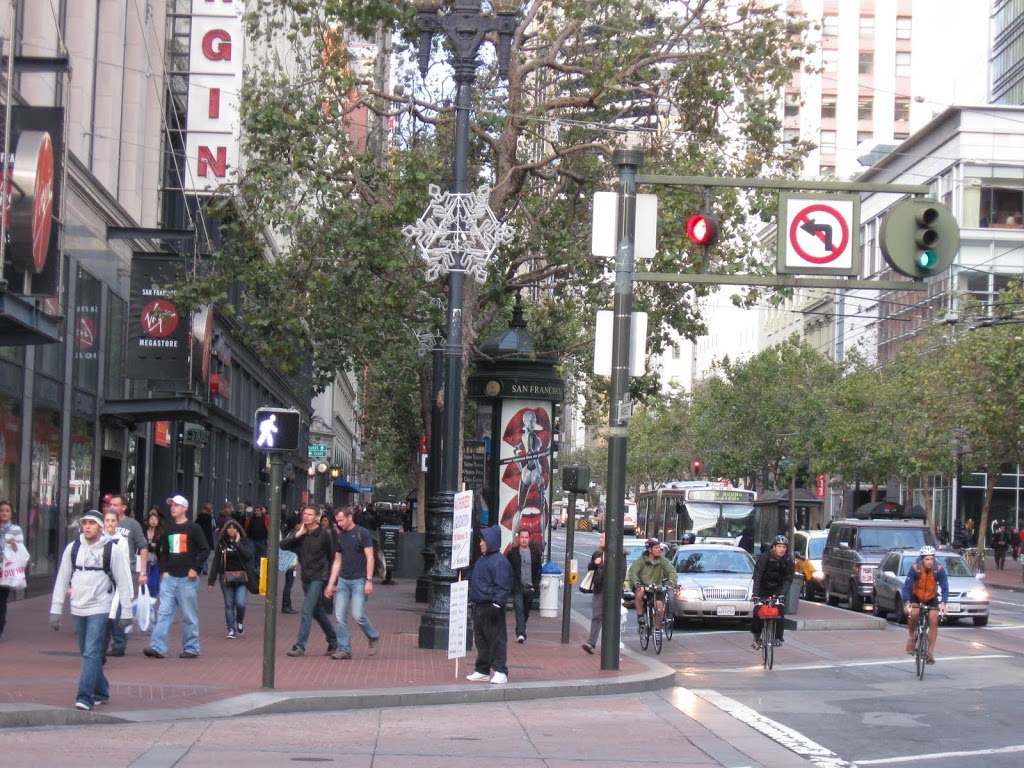

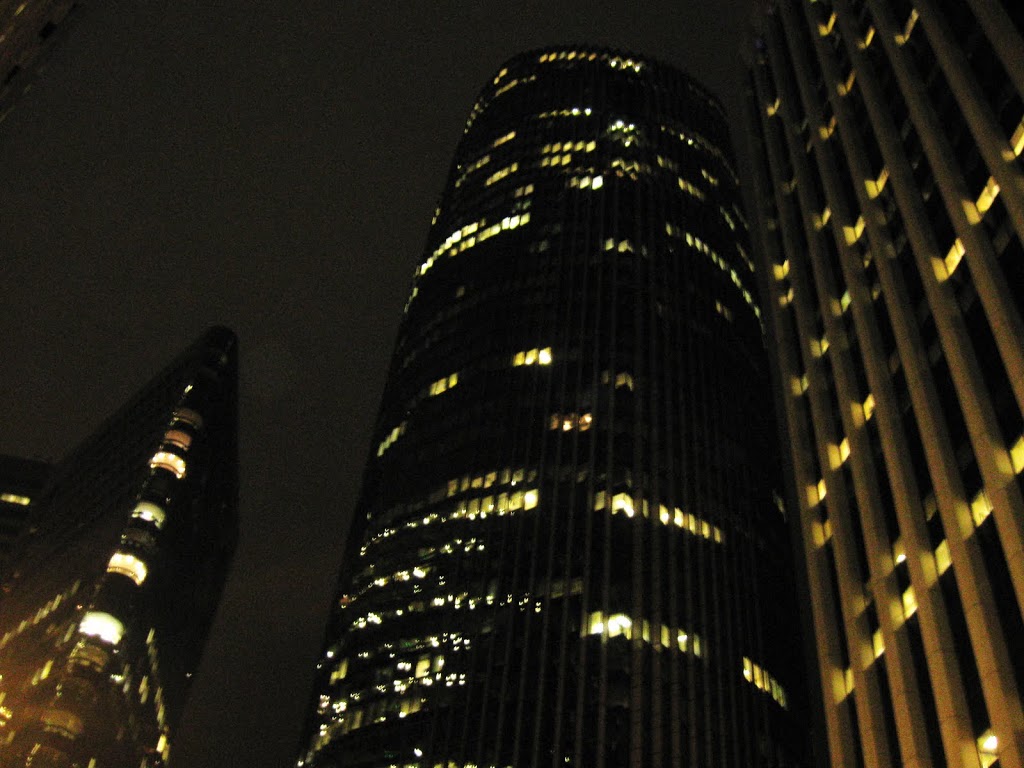
Torrential rain the next morning … how lucky we had been this time with the weather! The drive down to Santa Cruz was a nightmare in this rain and storm, but we eventually made it to our destination where we spent a week because I had several concerts coming up on the Y2K9 livelooping festival …
